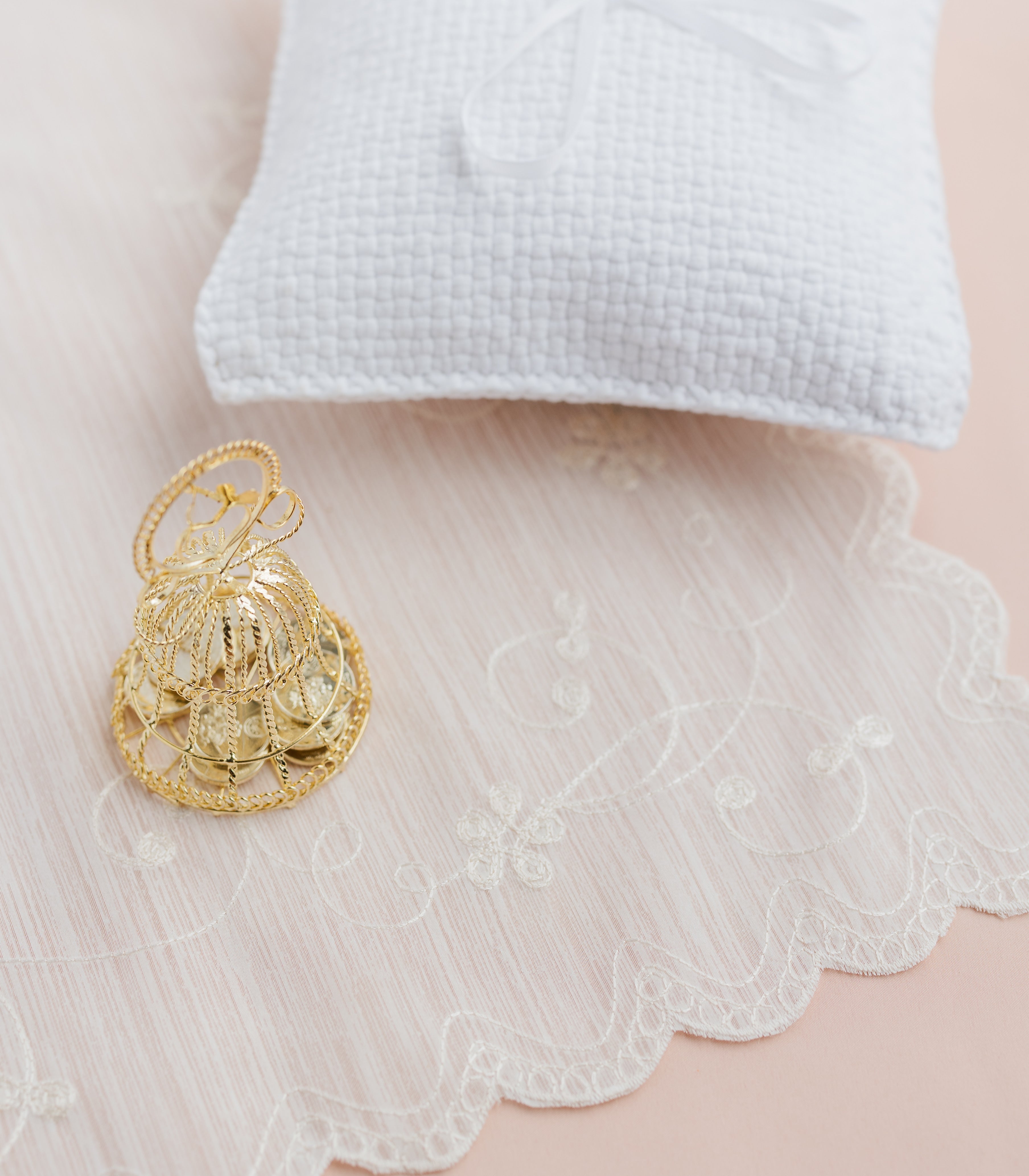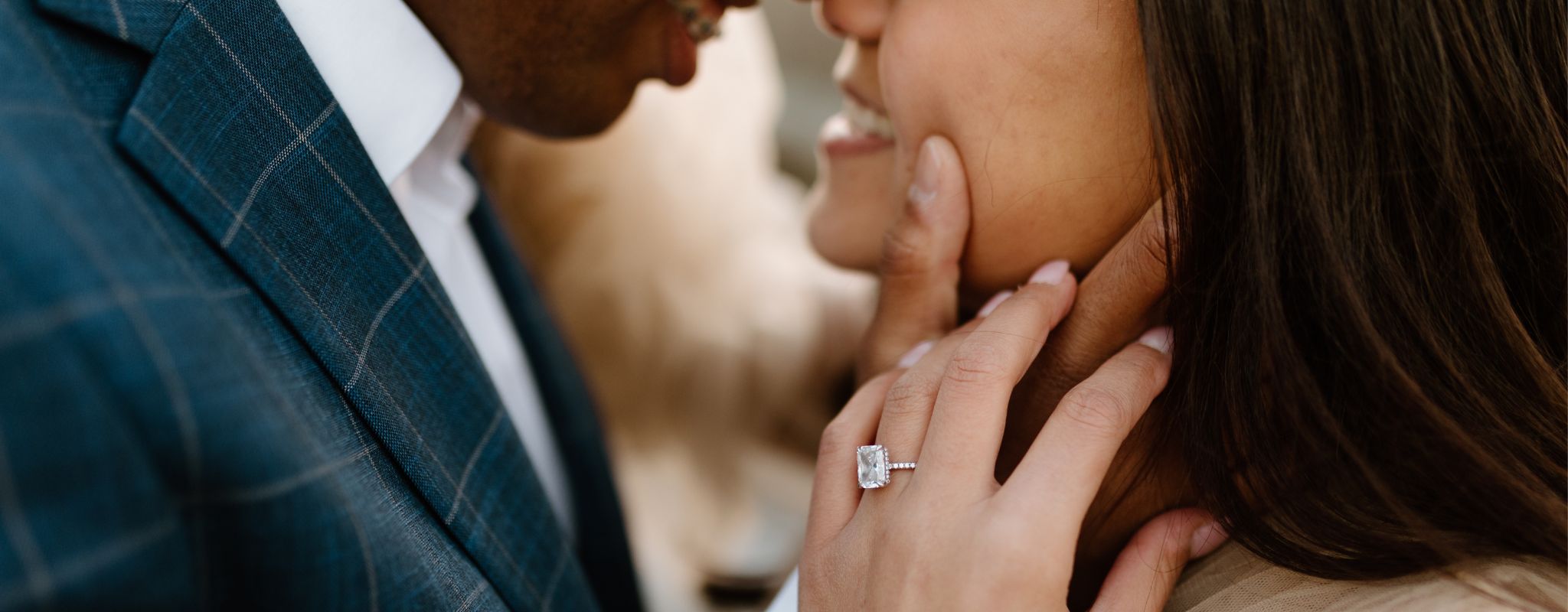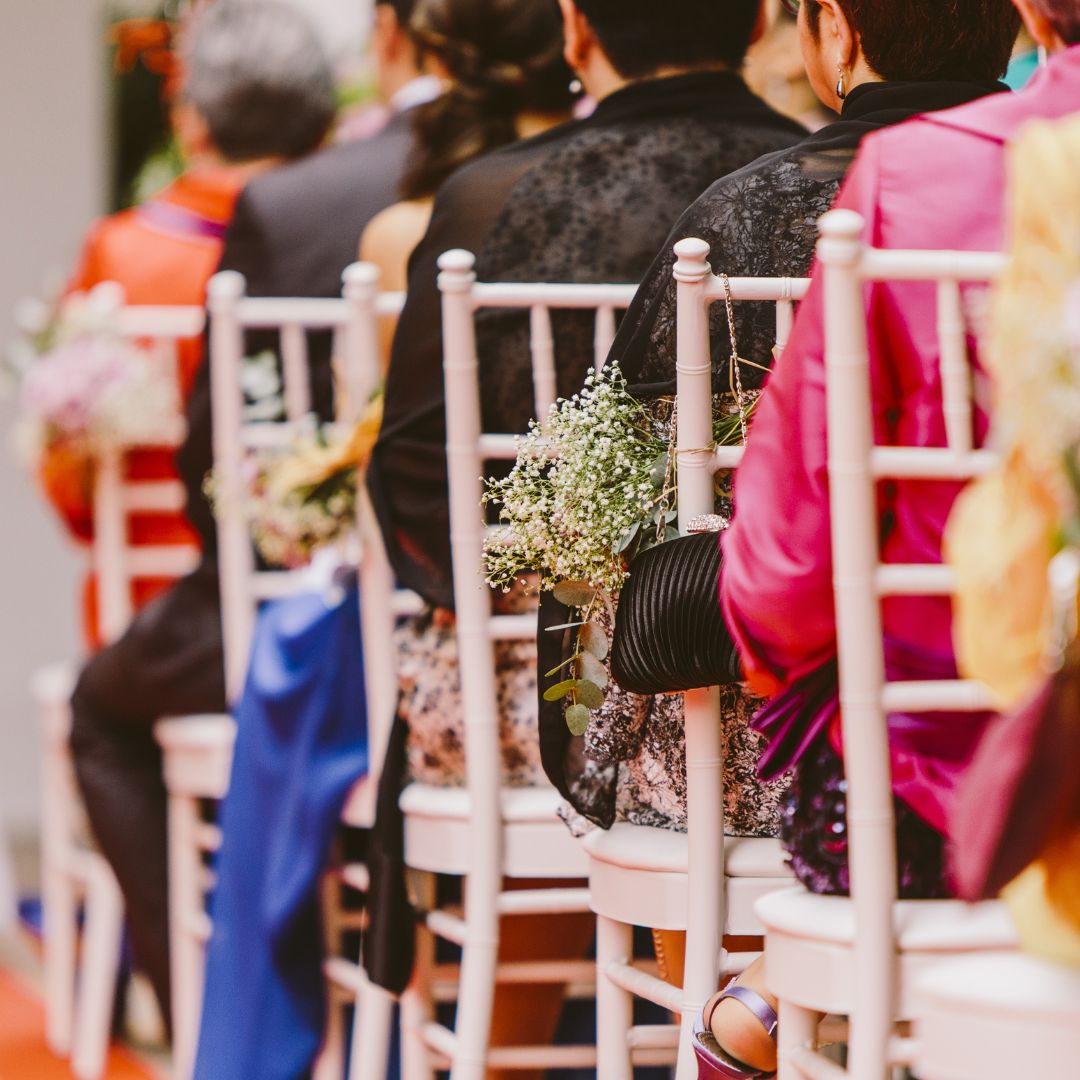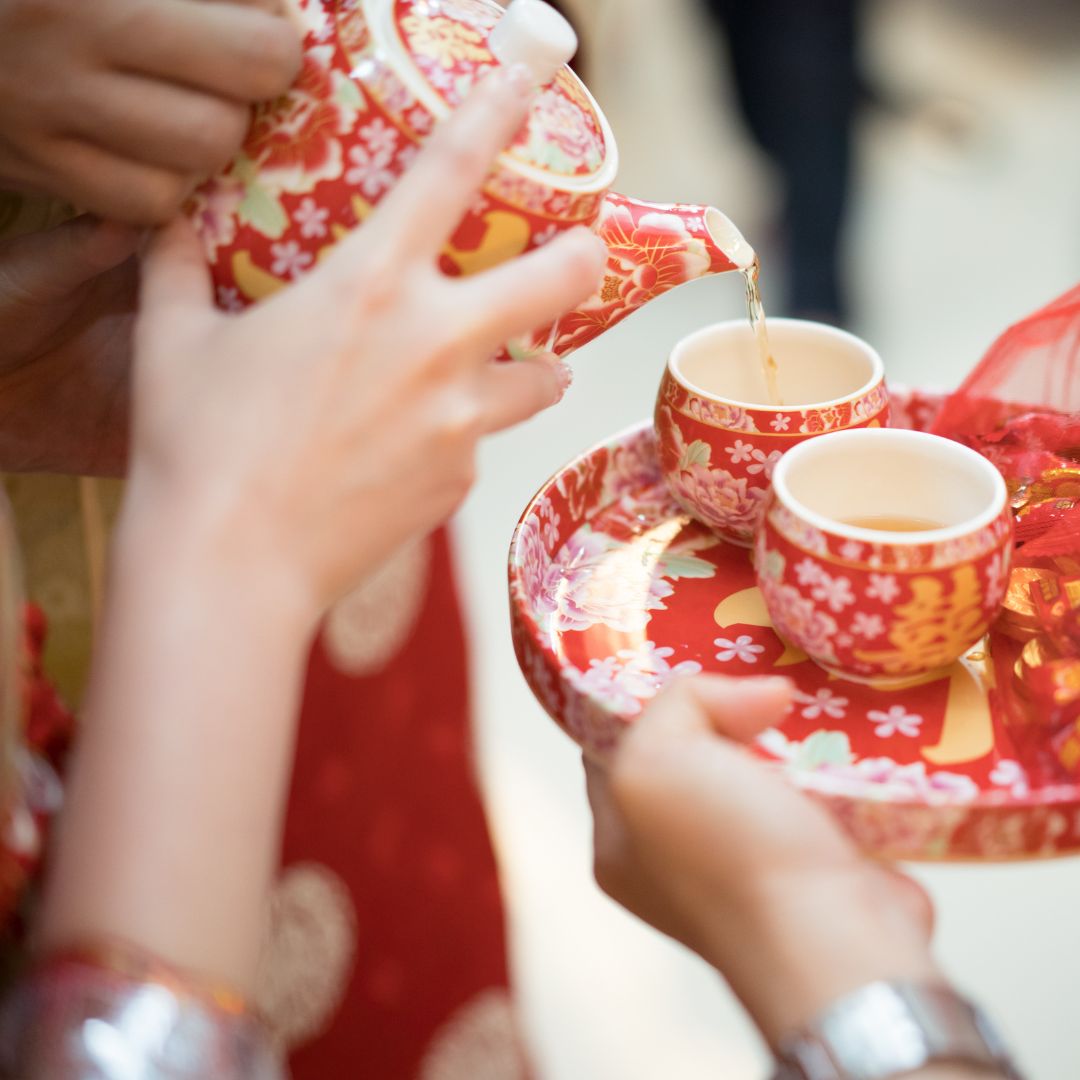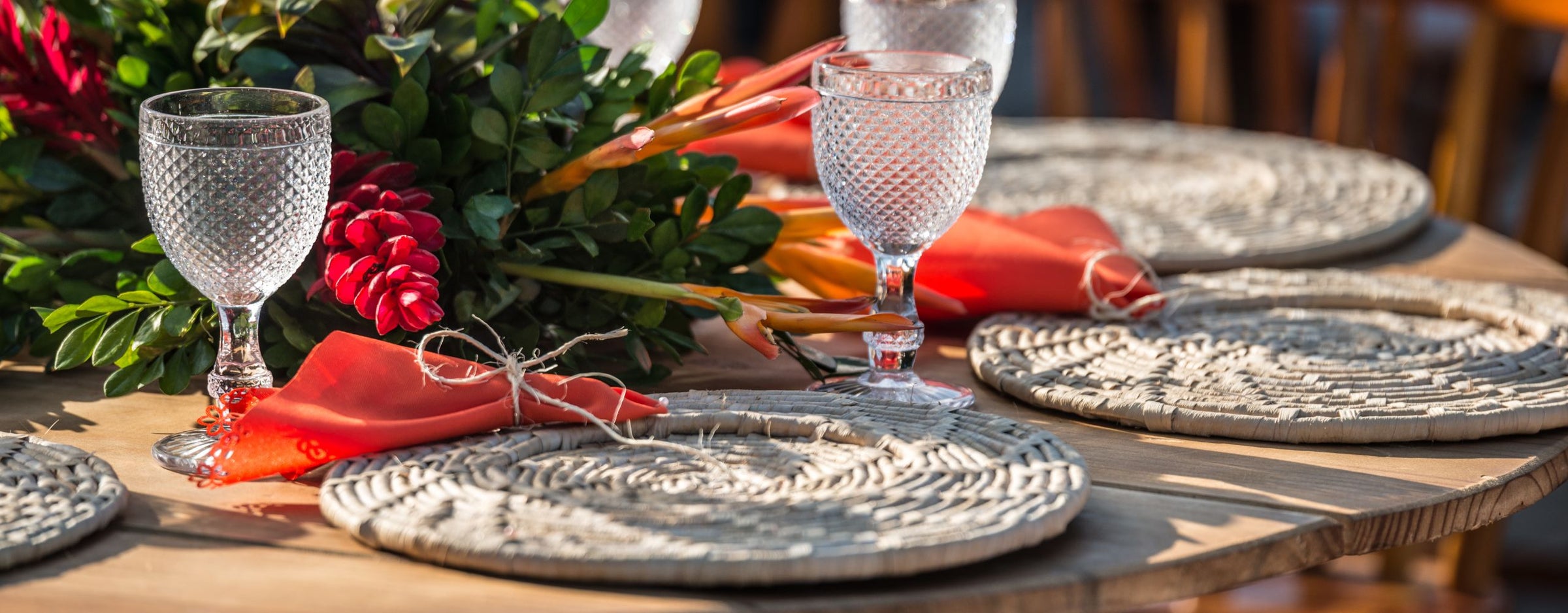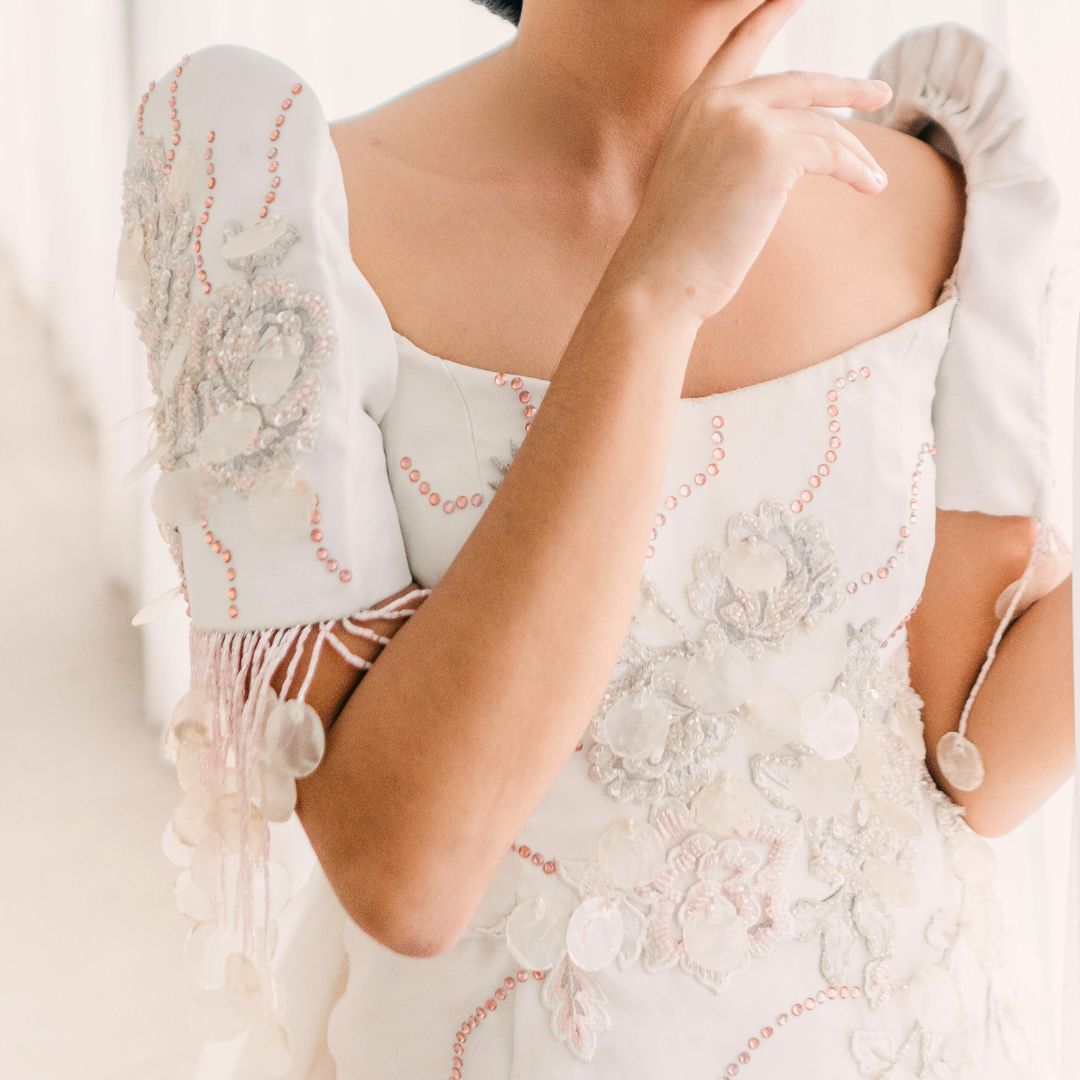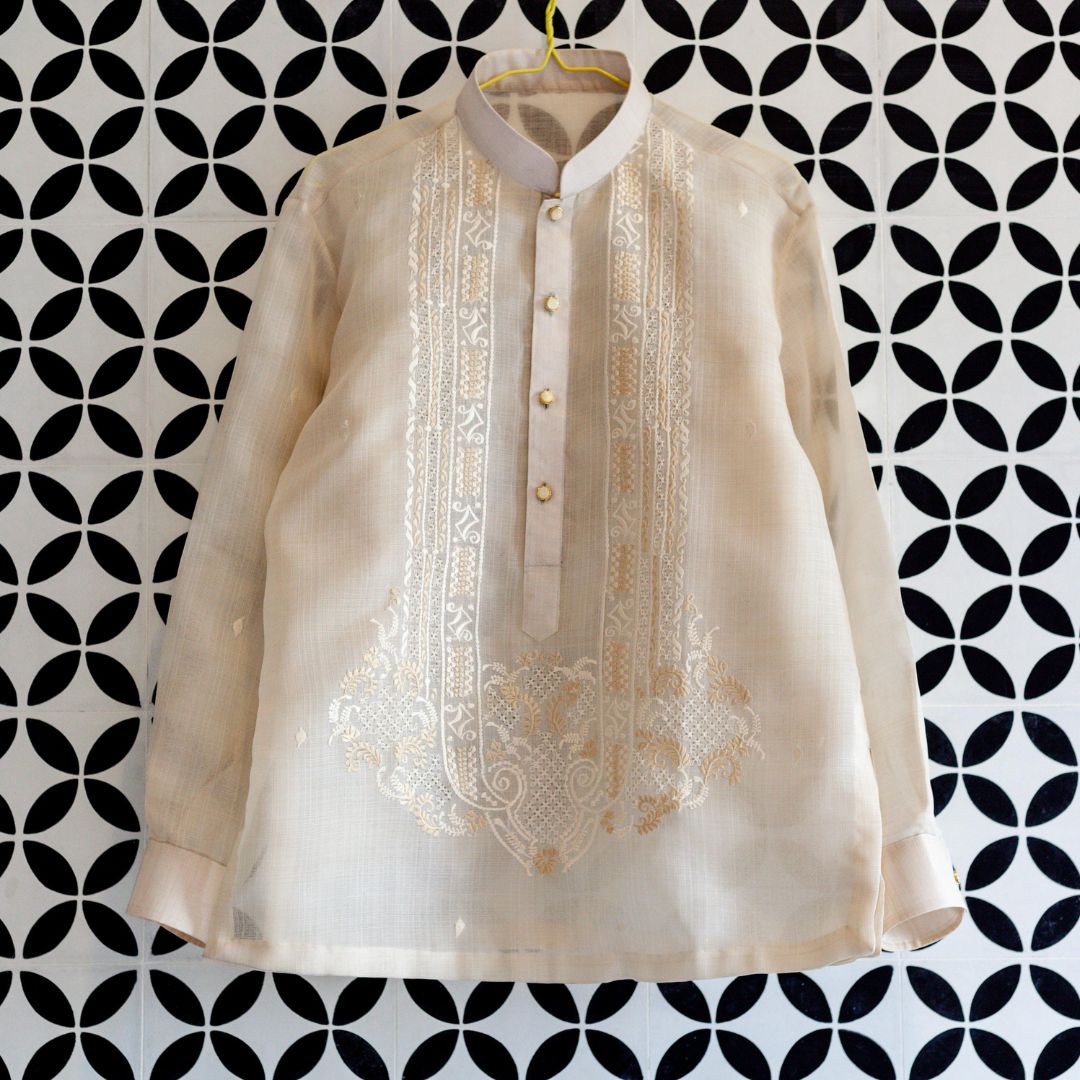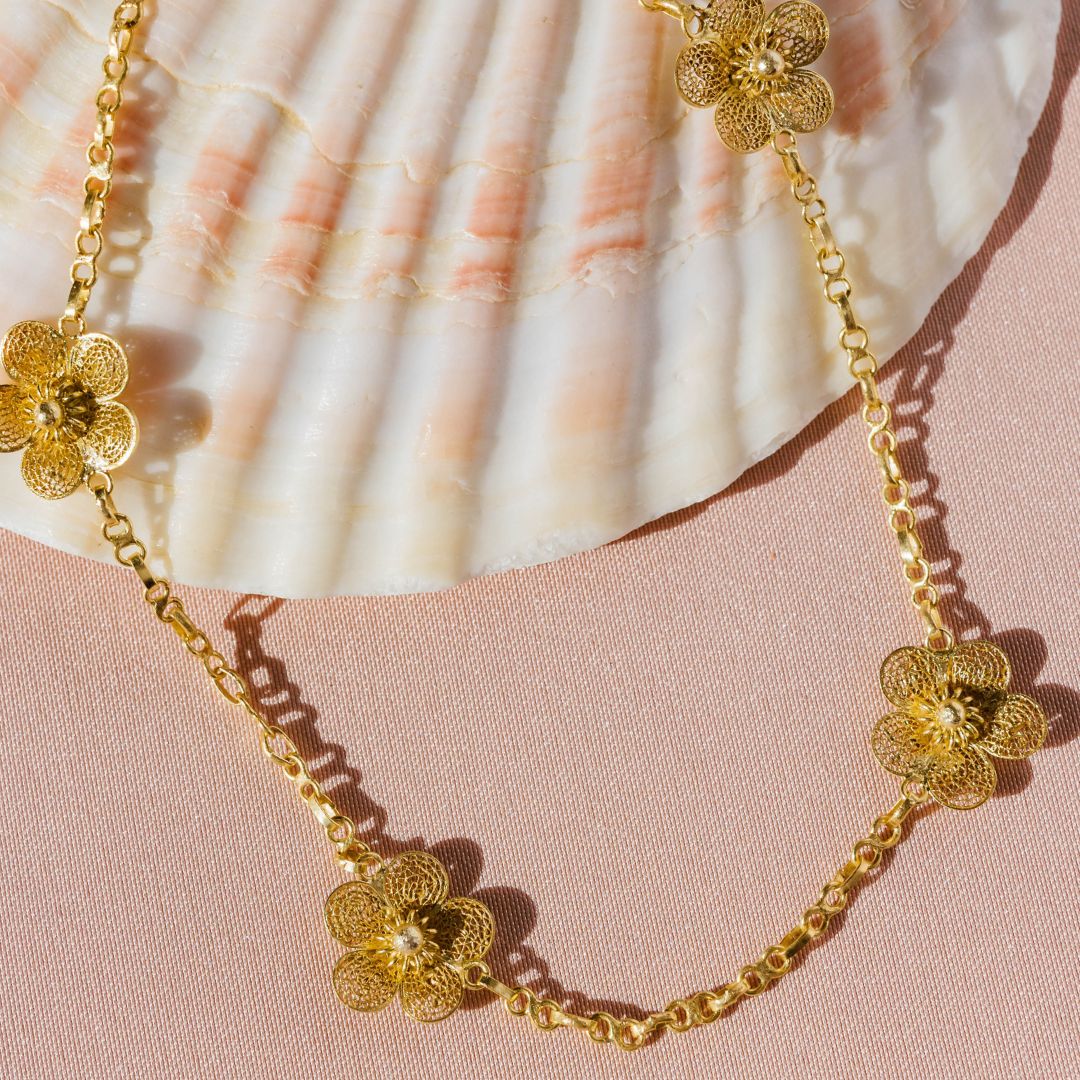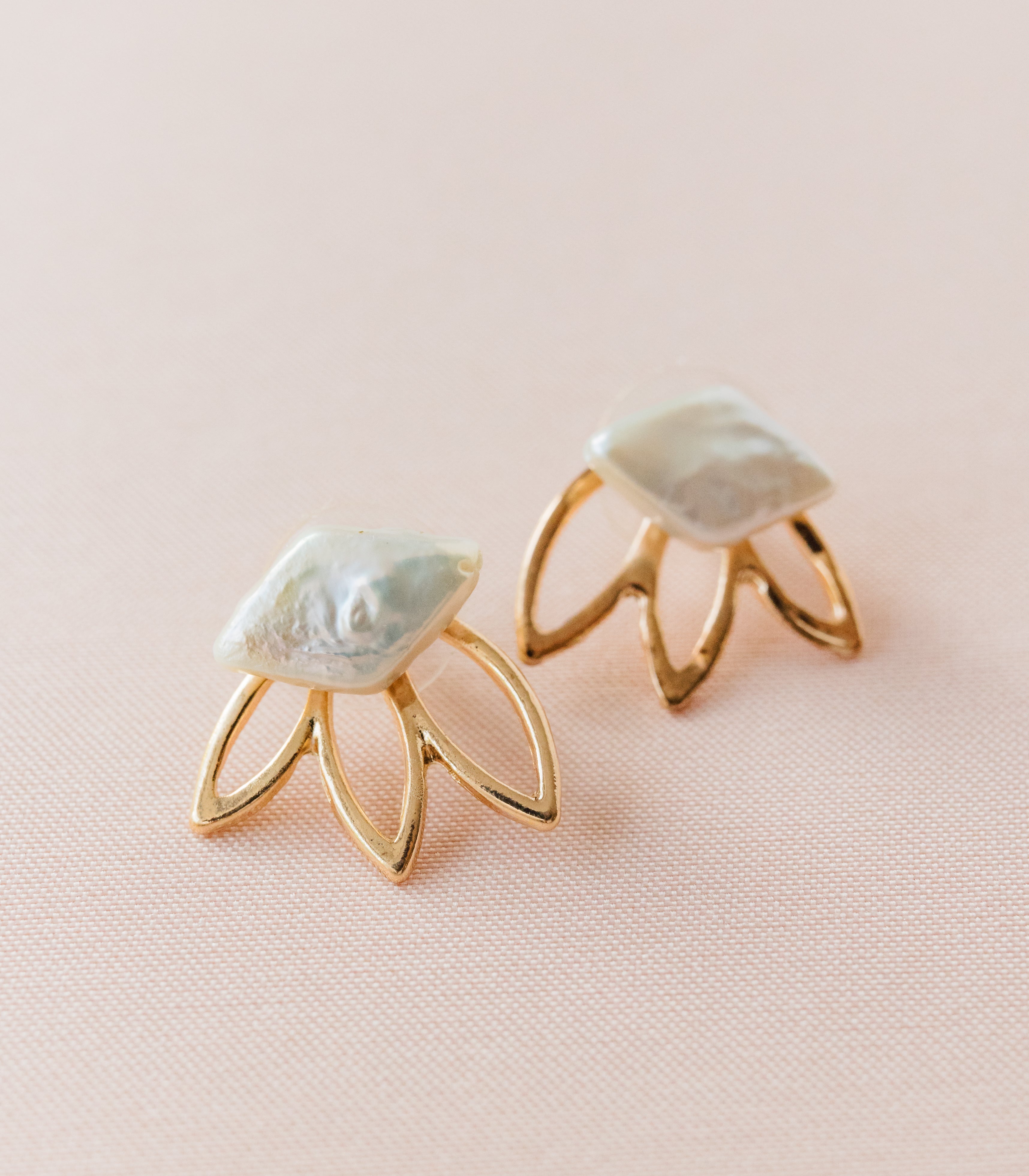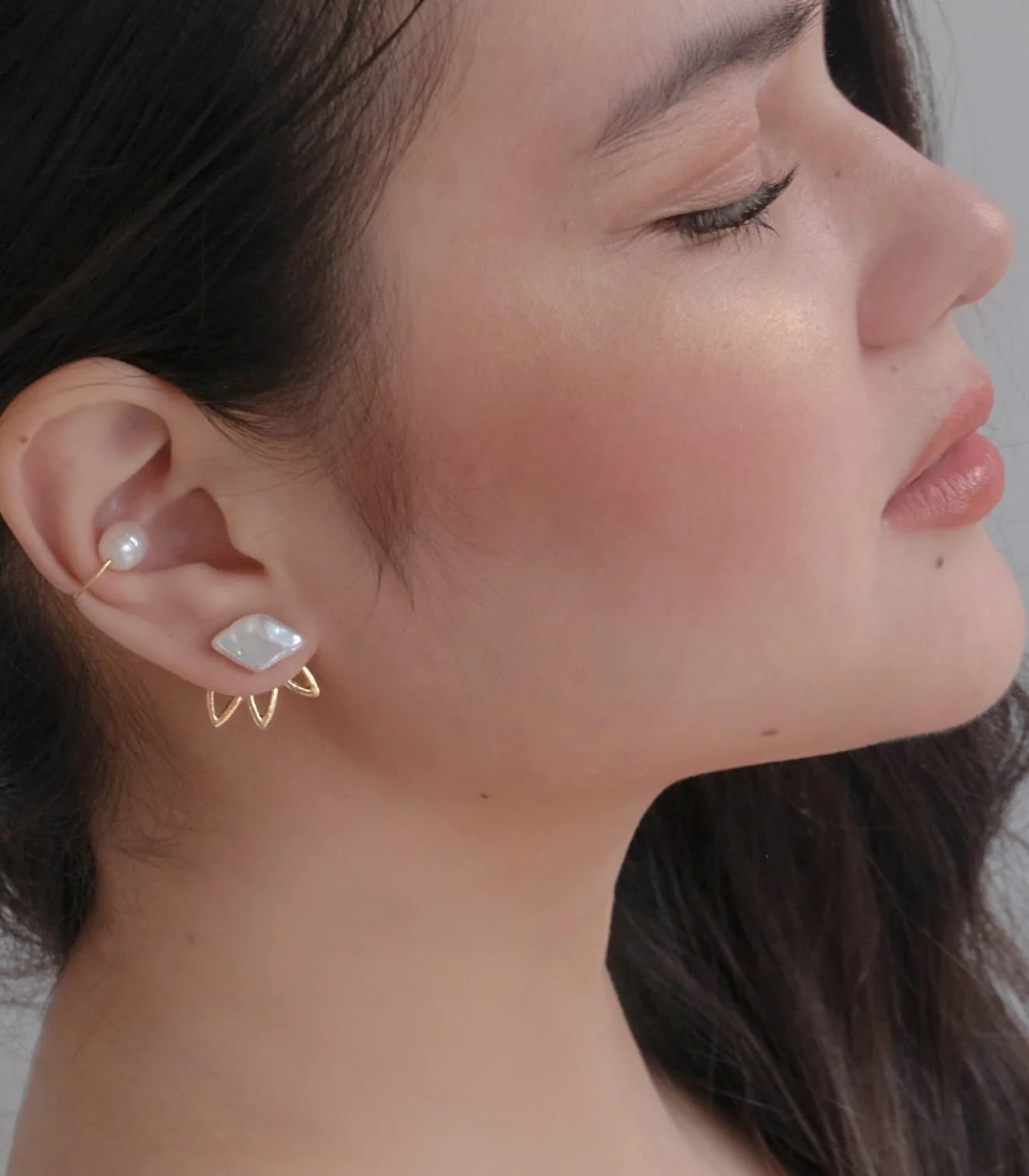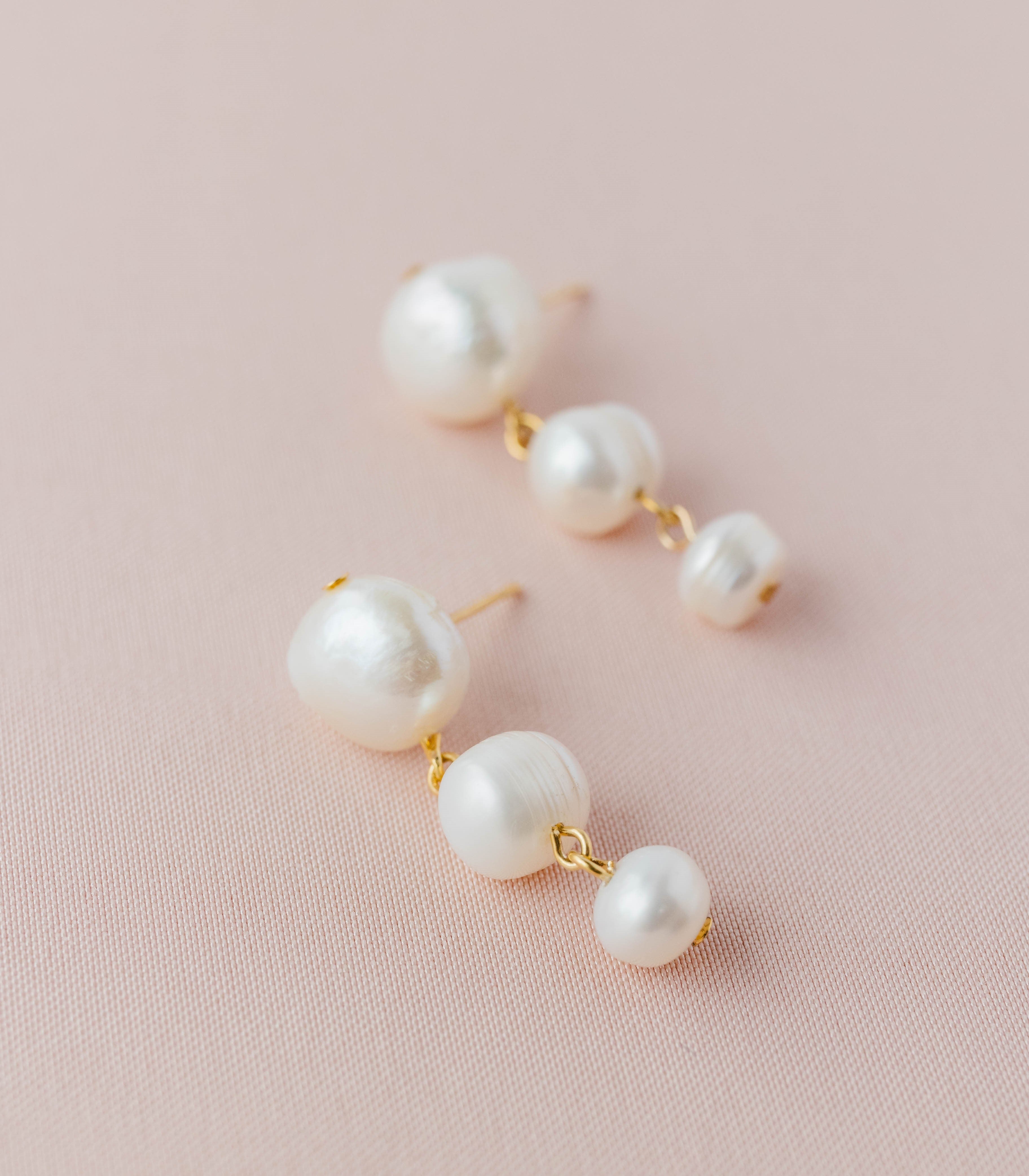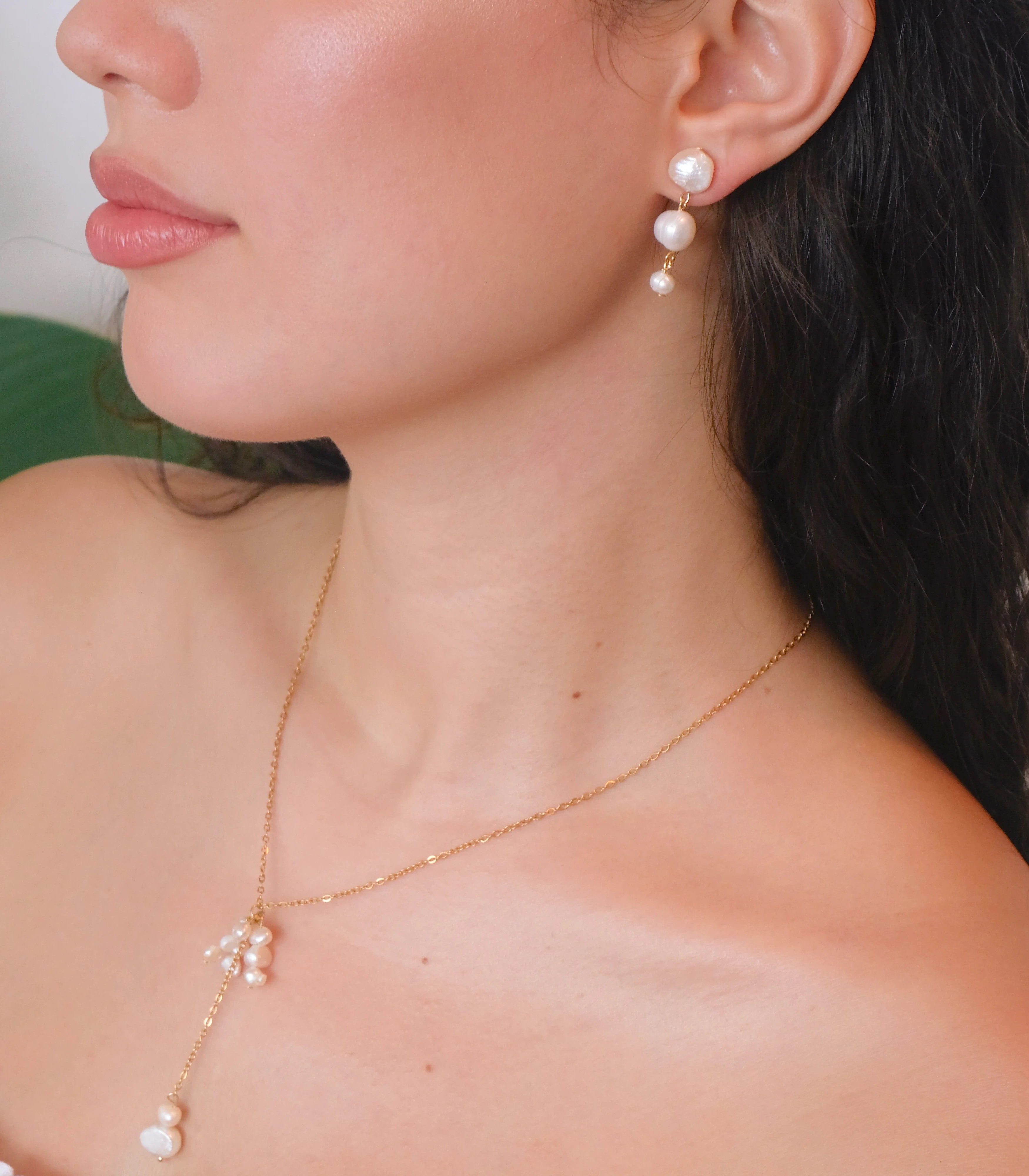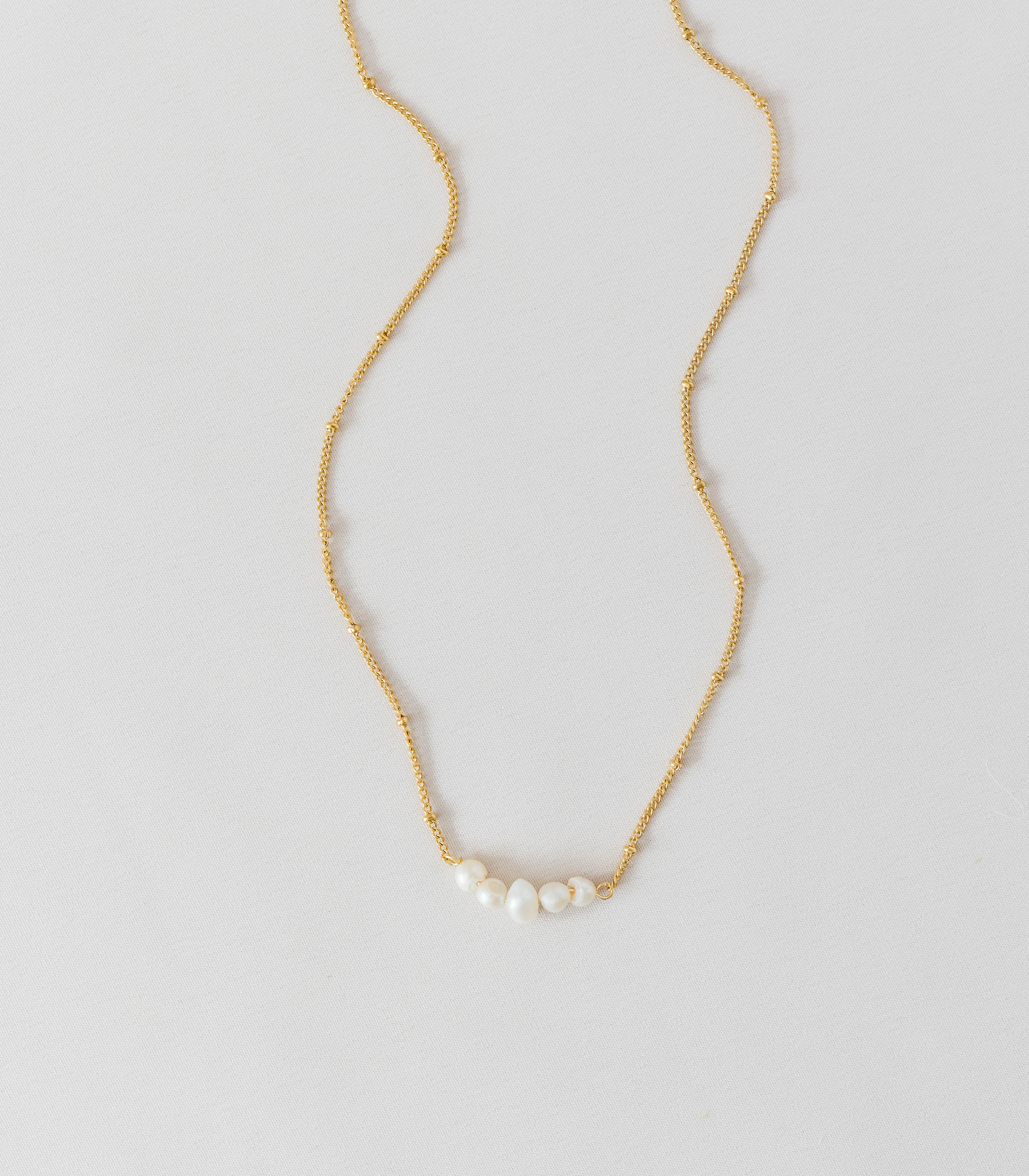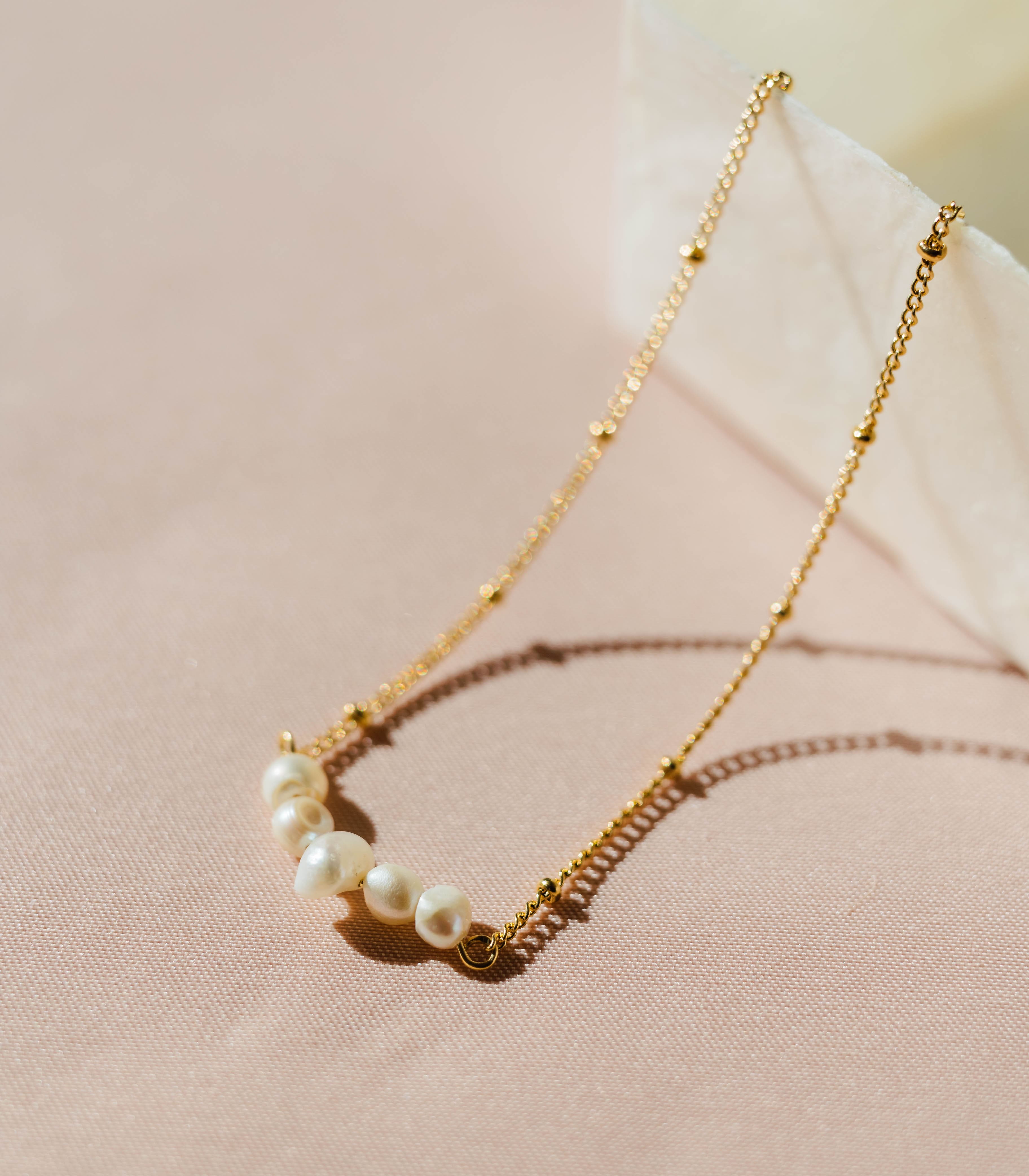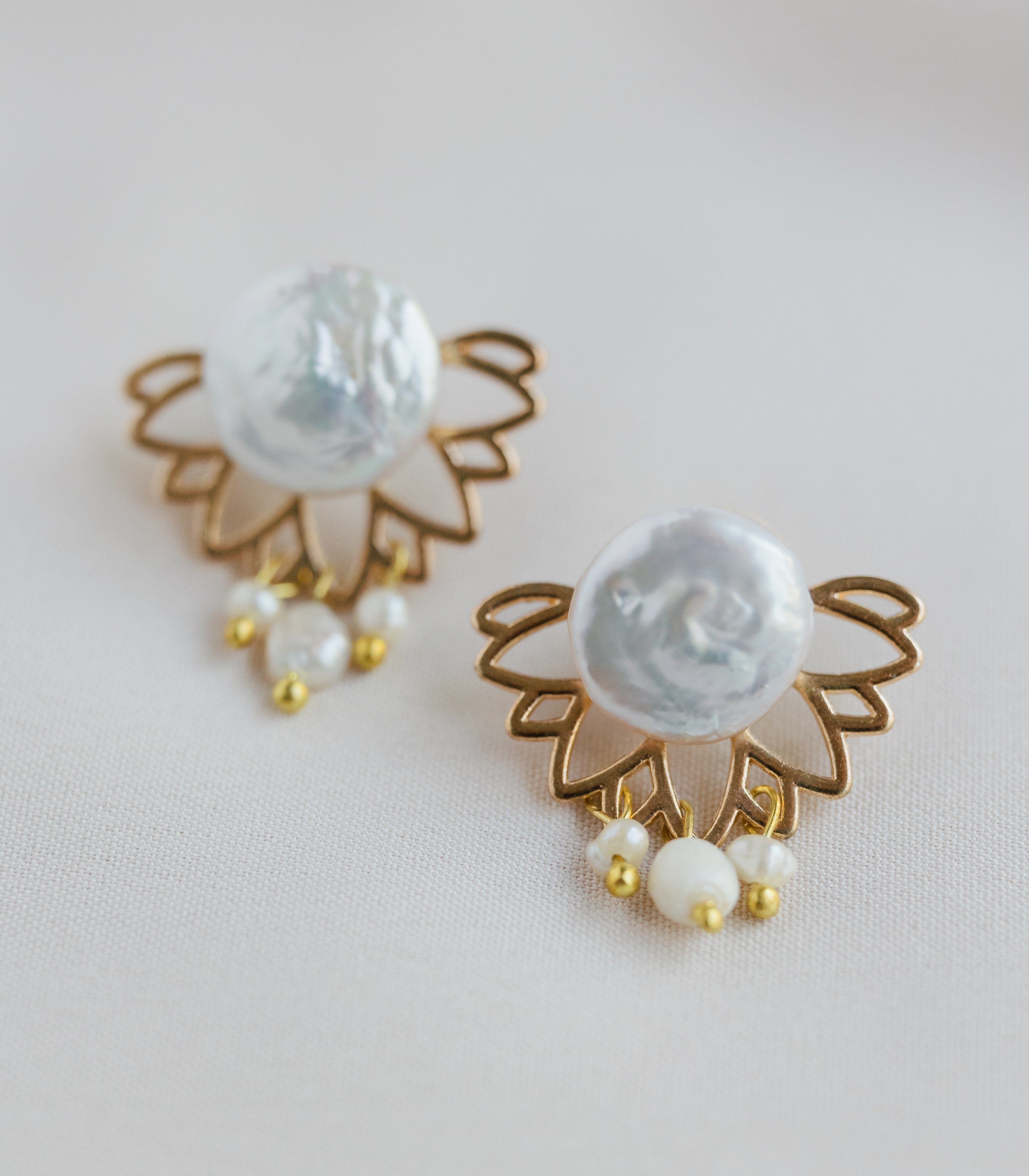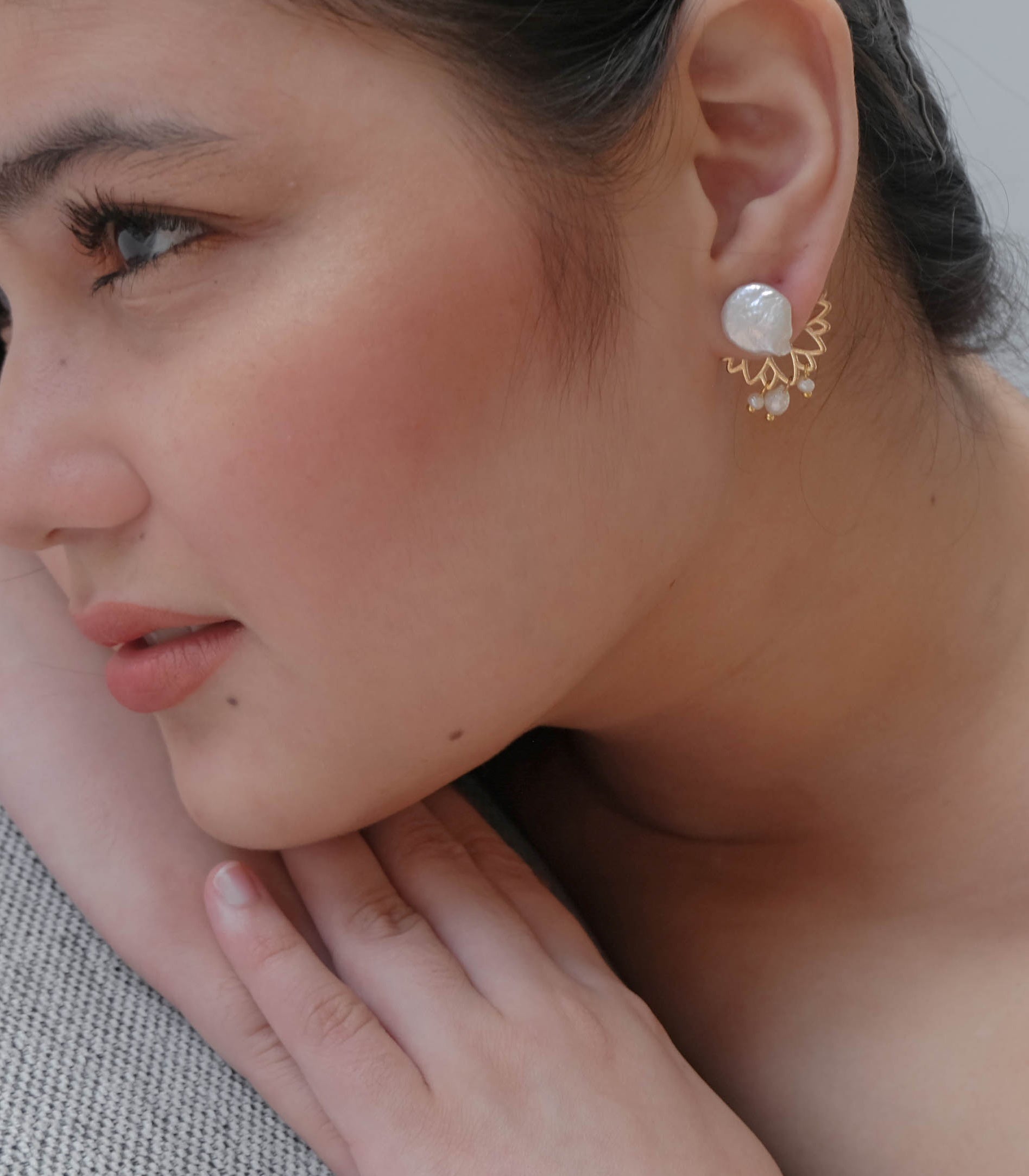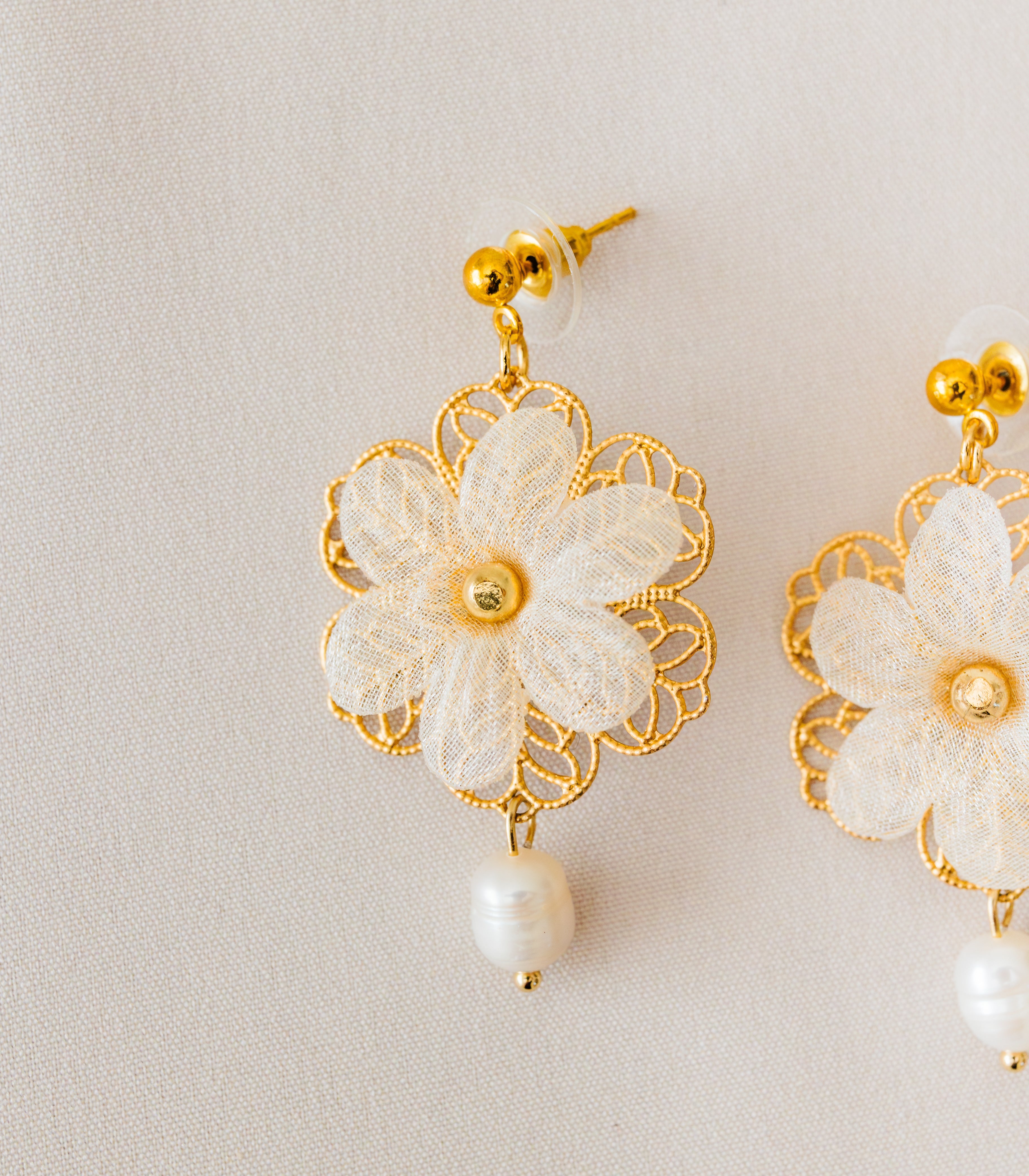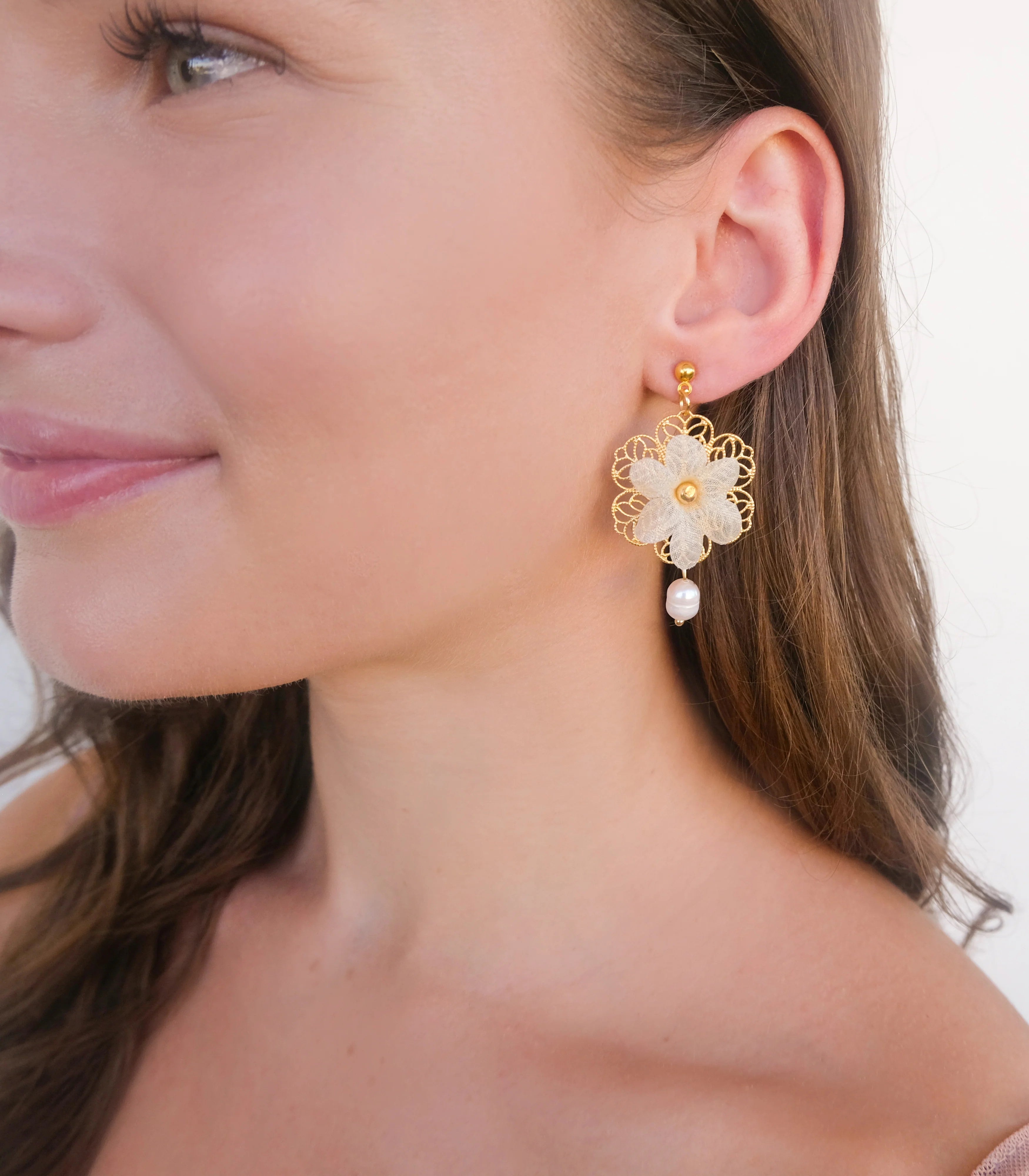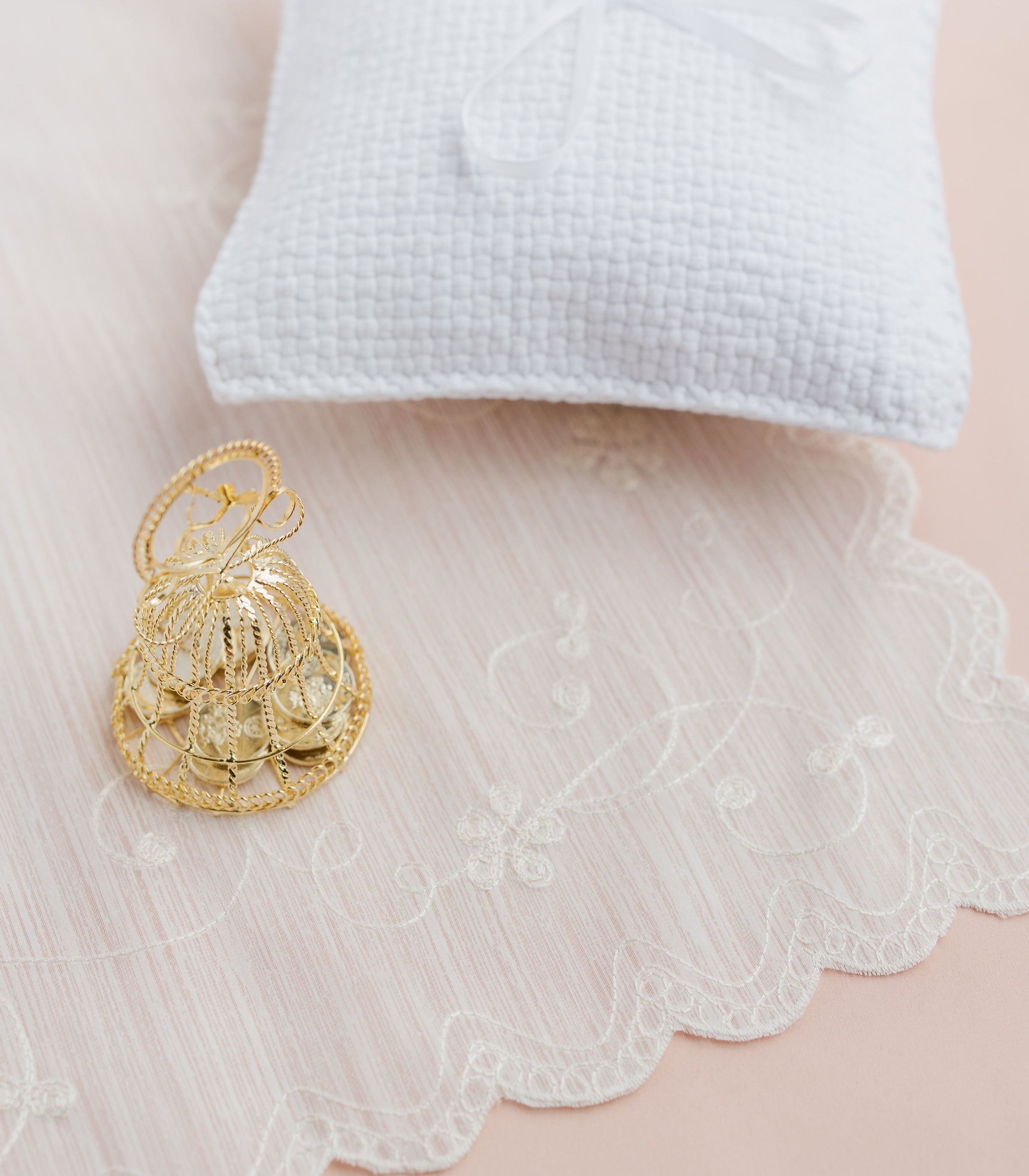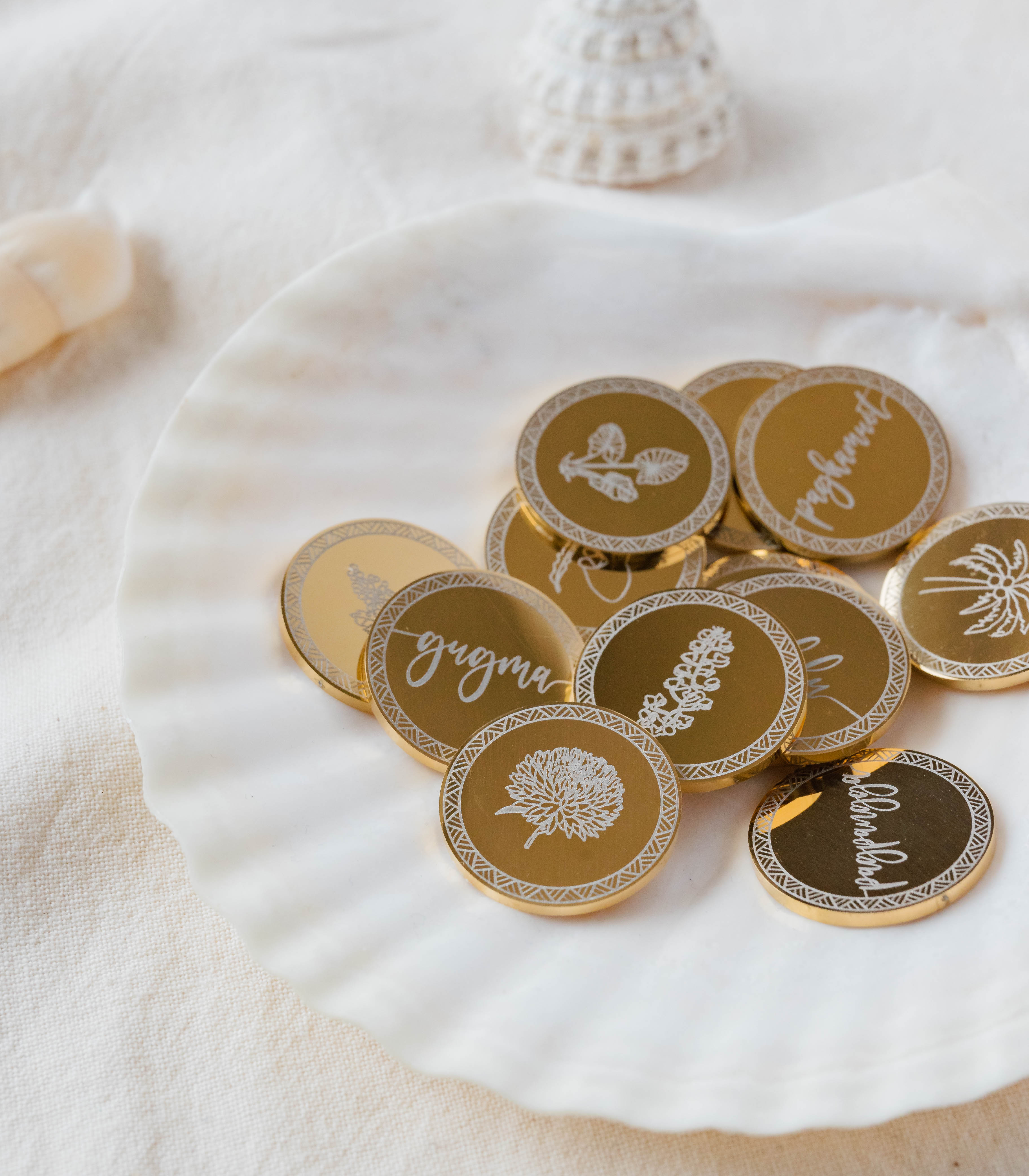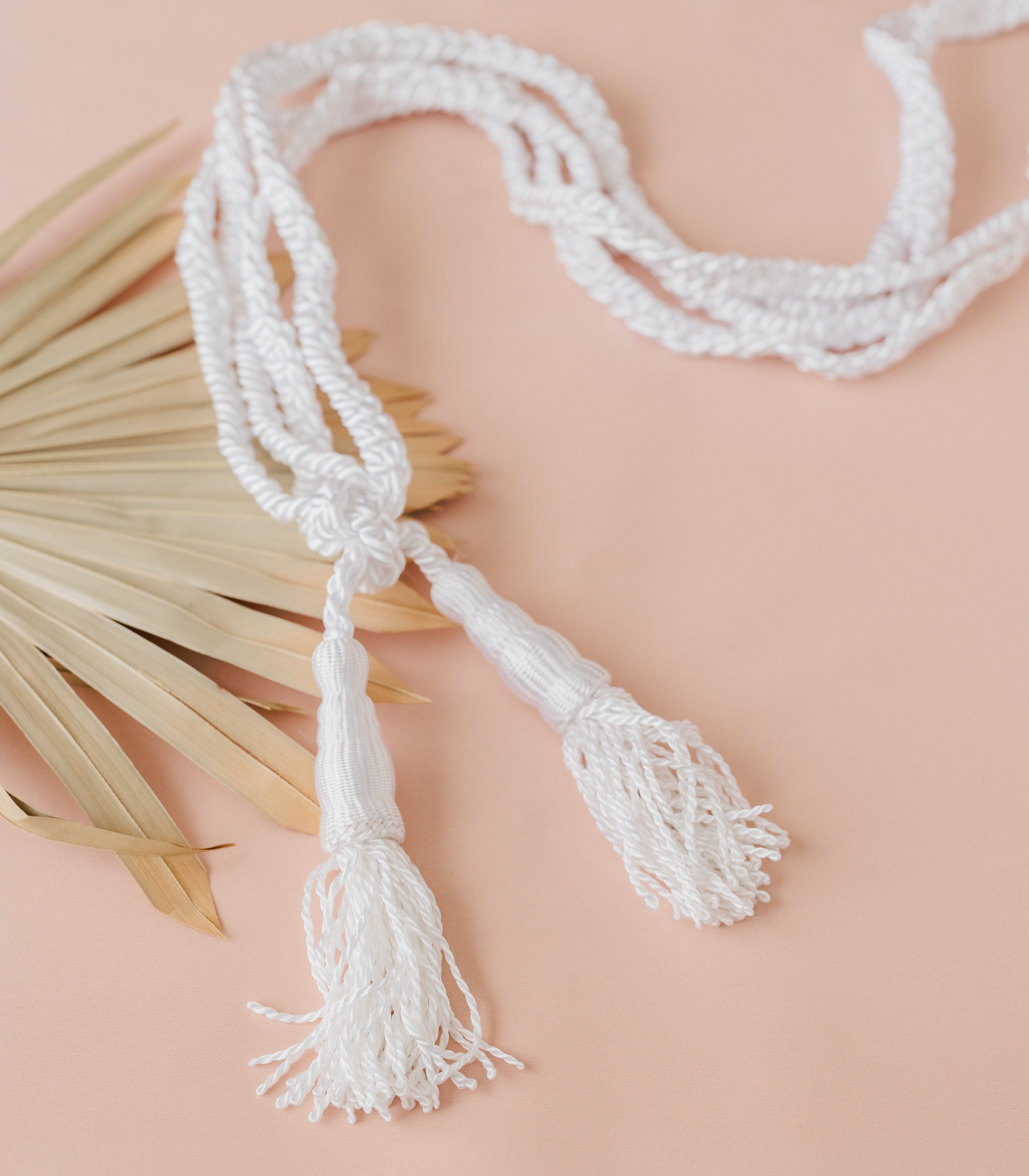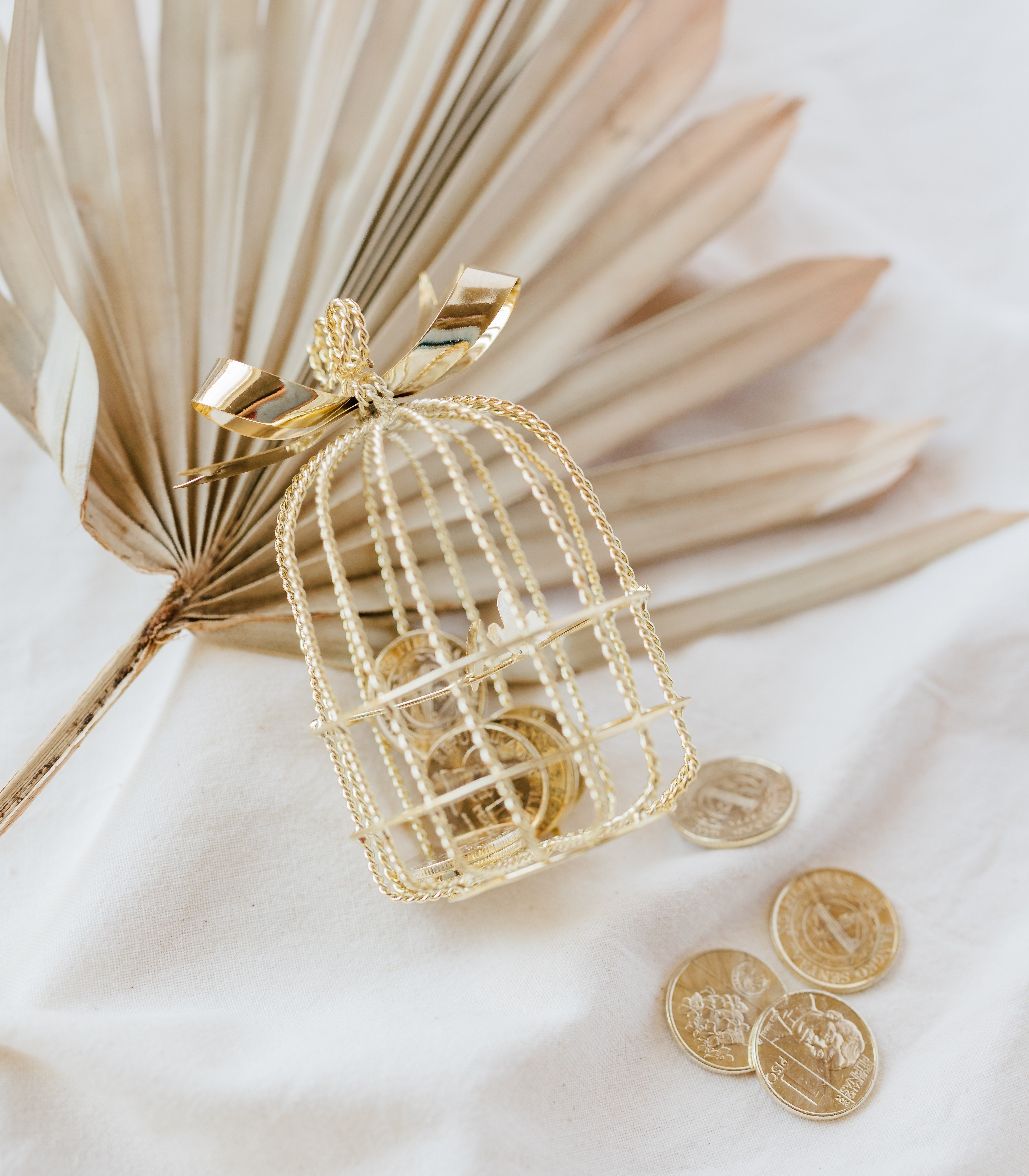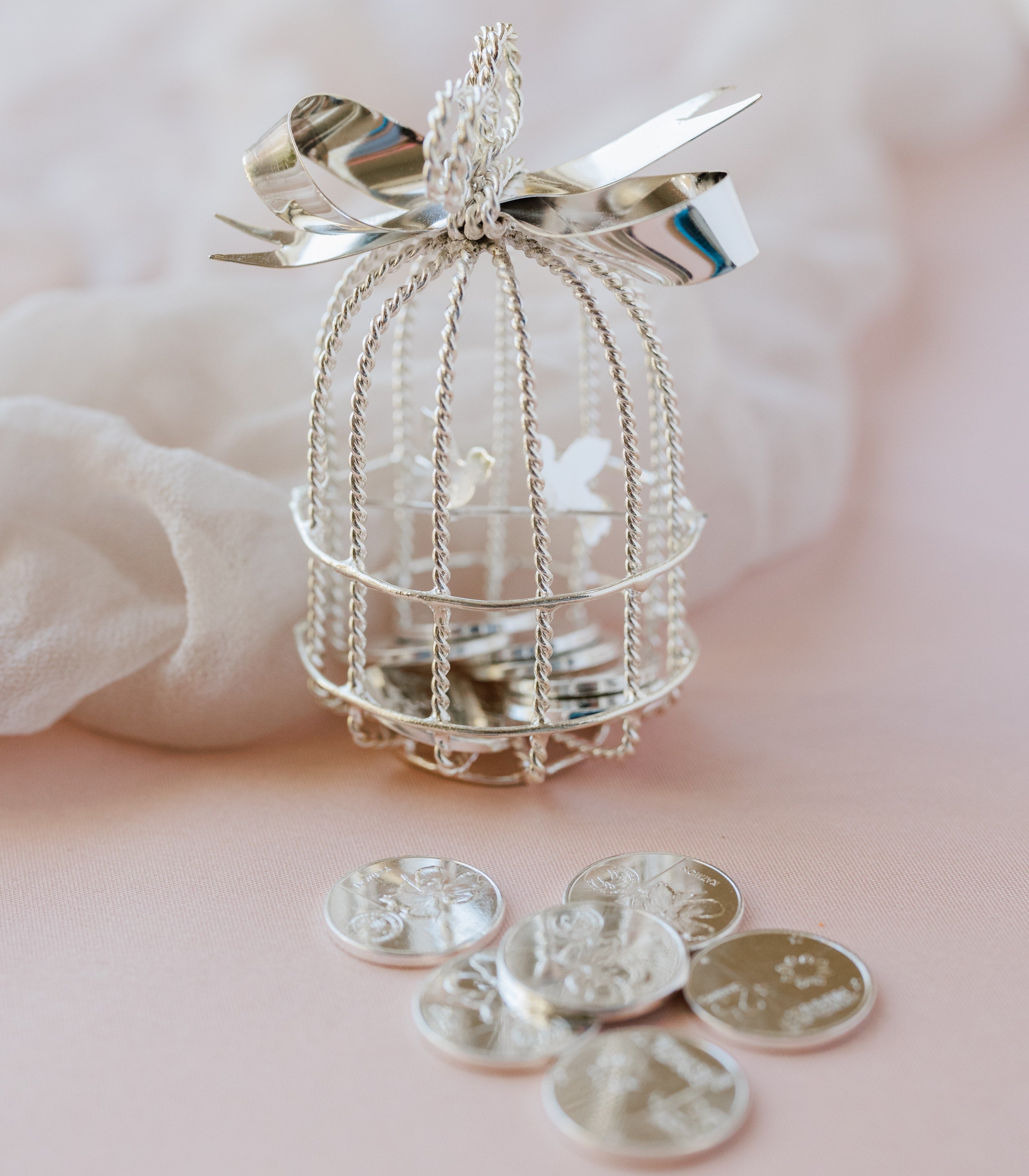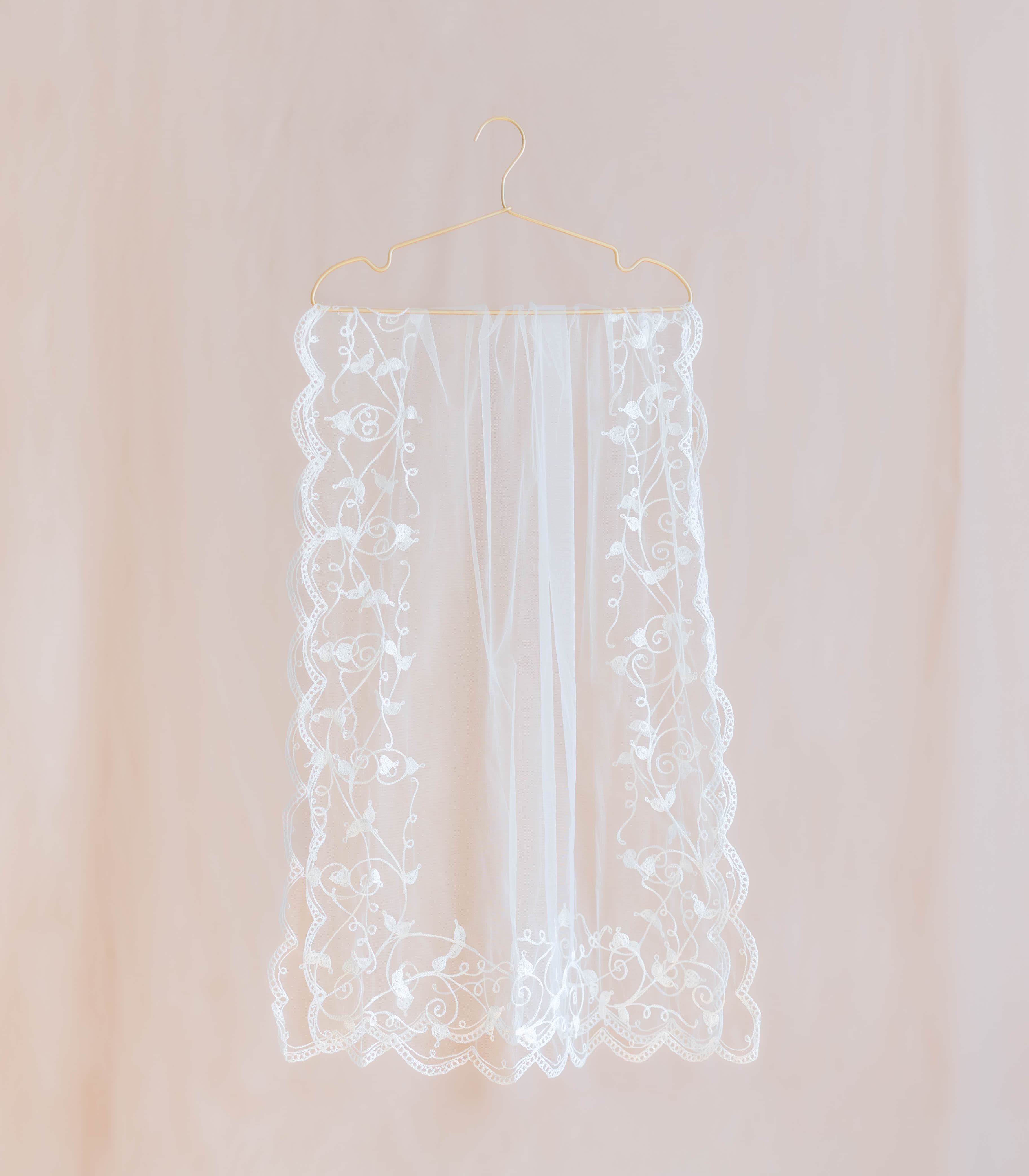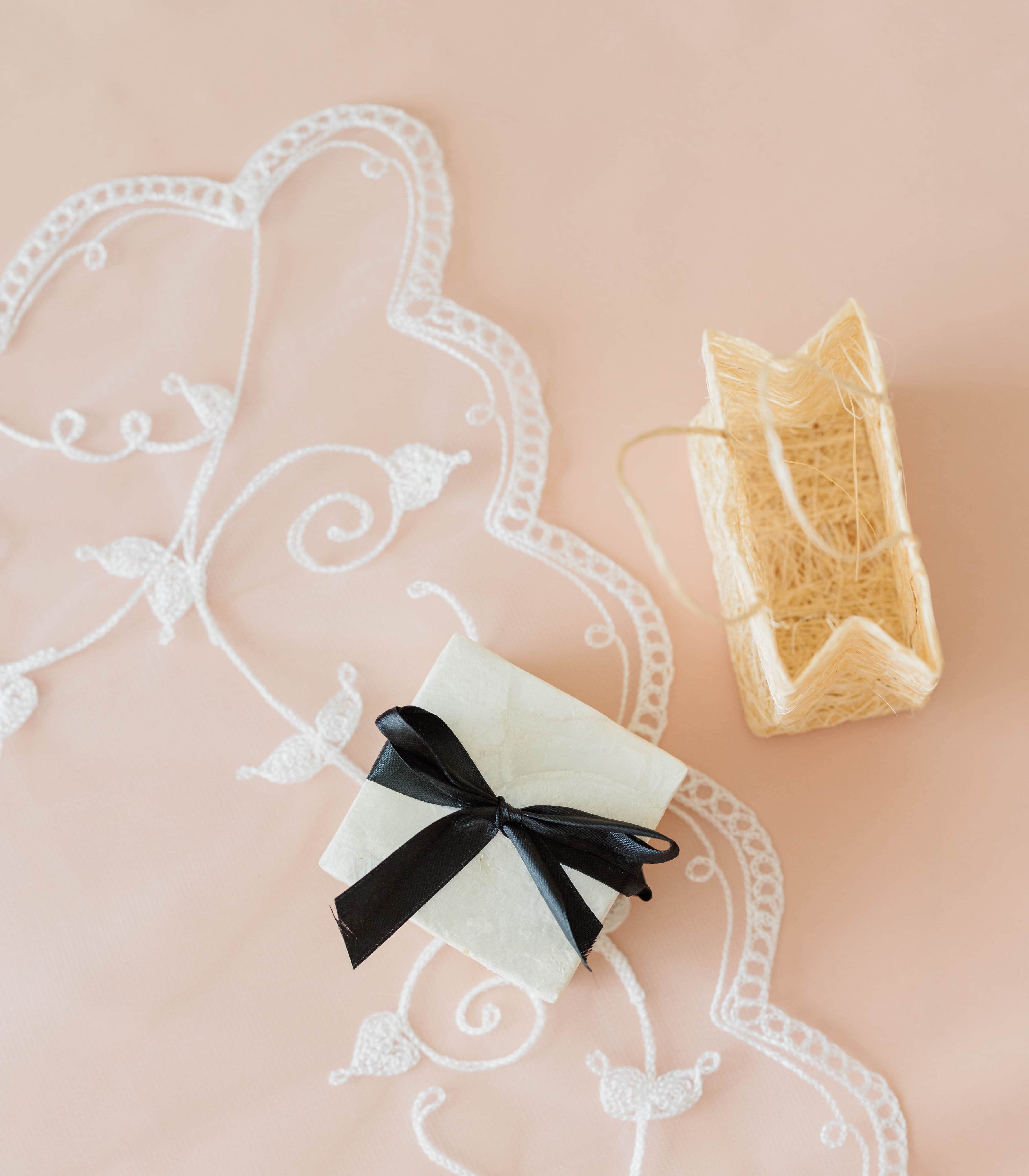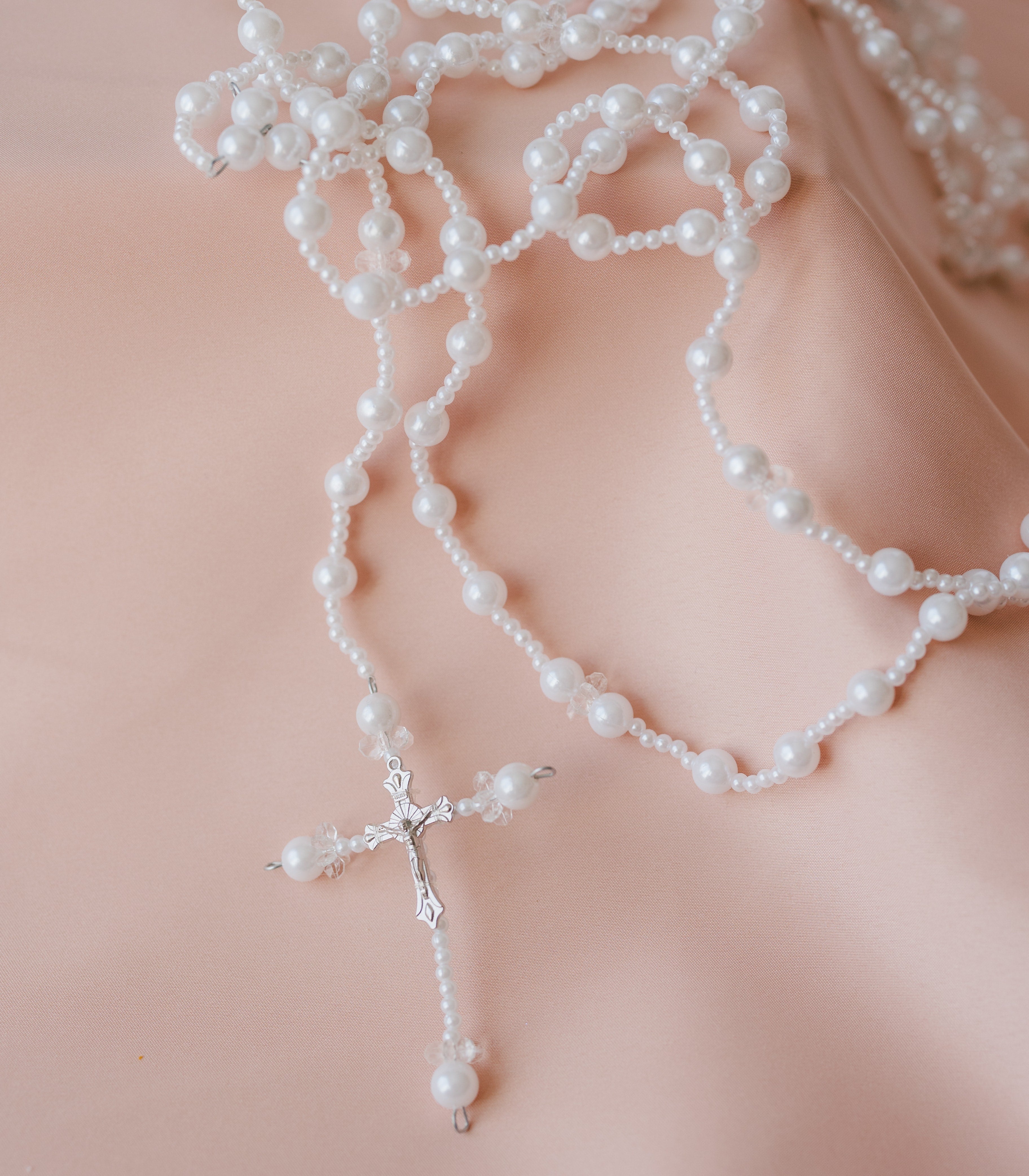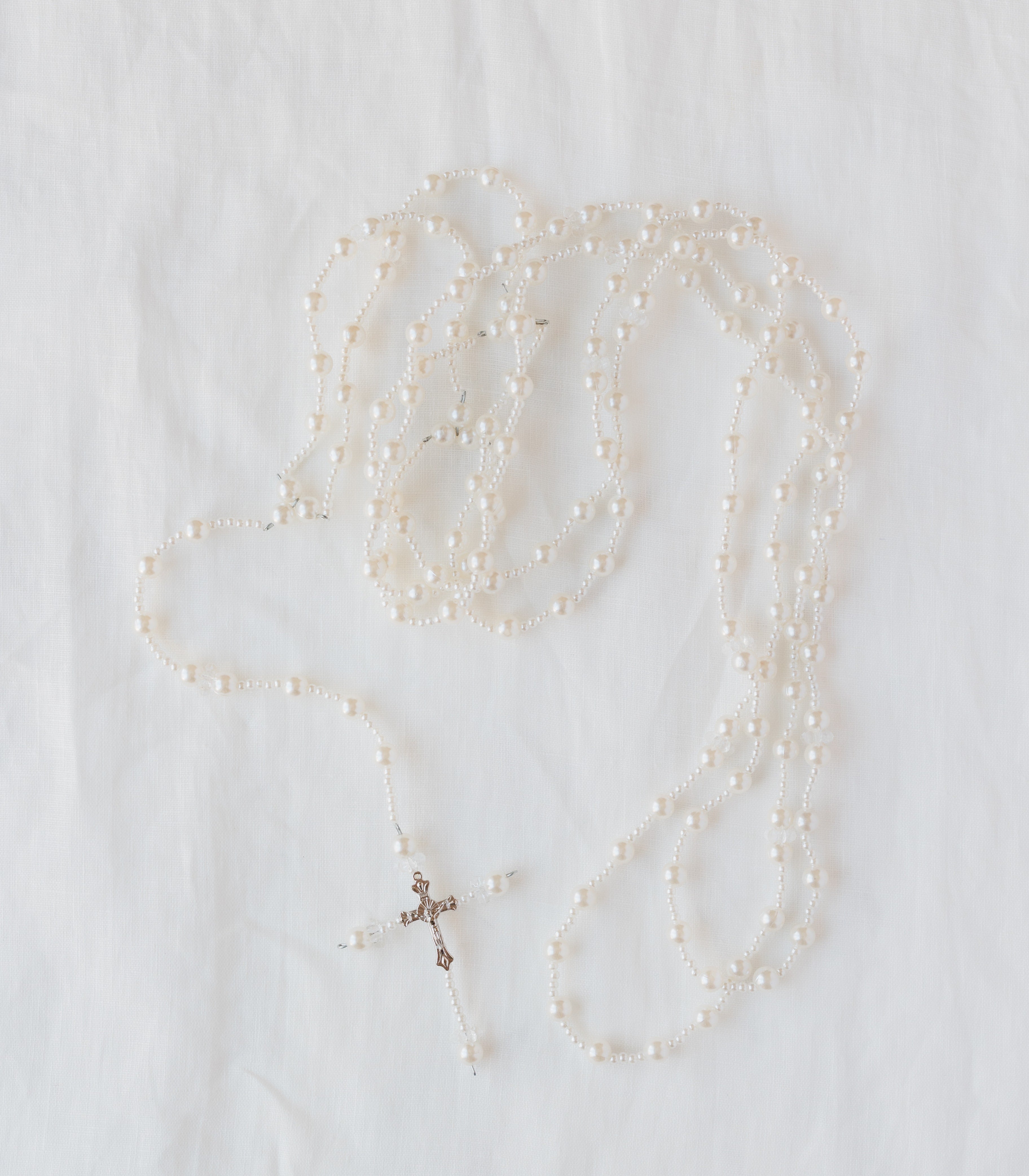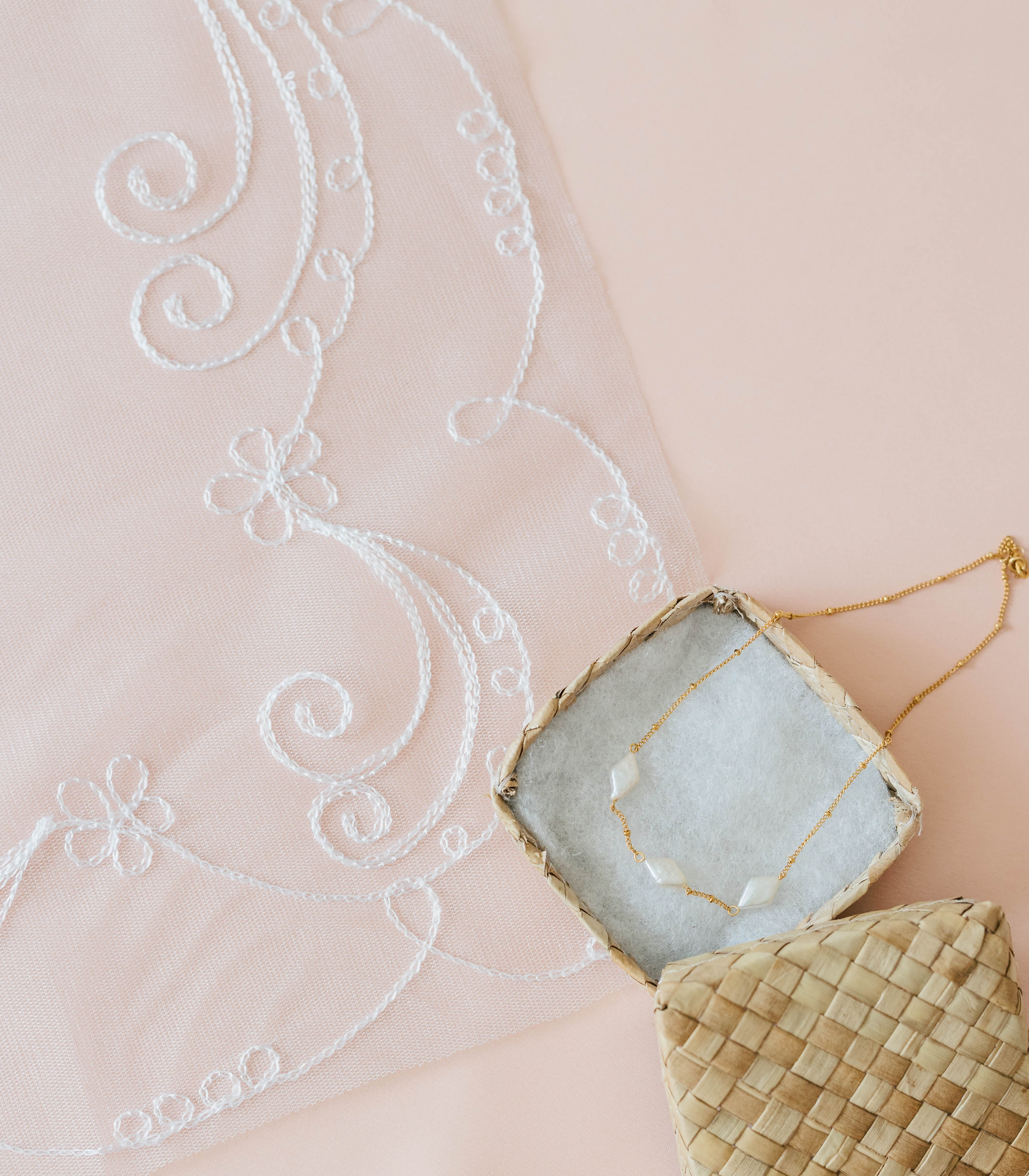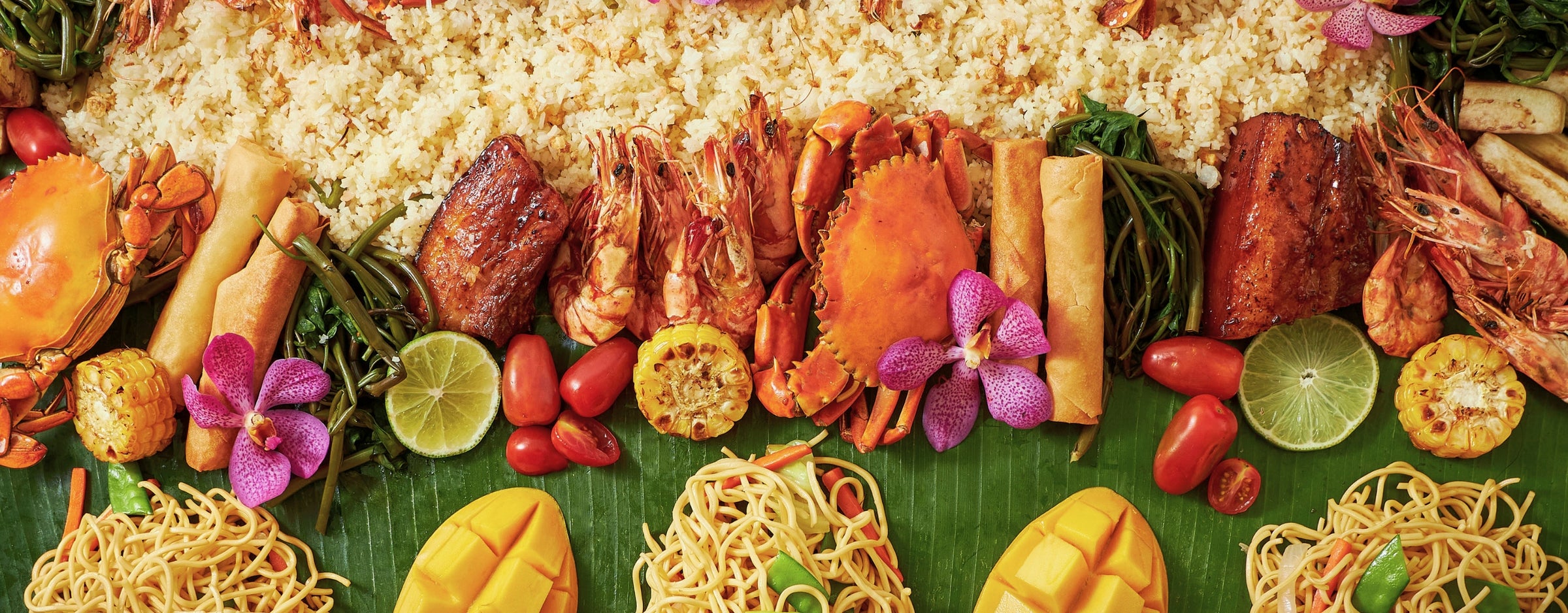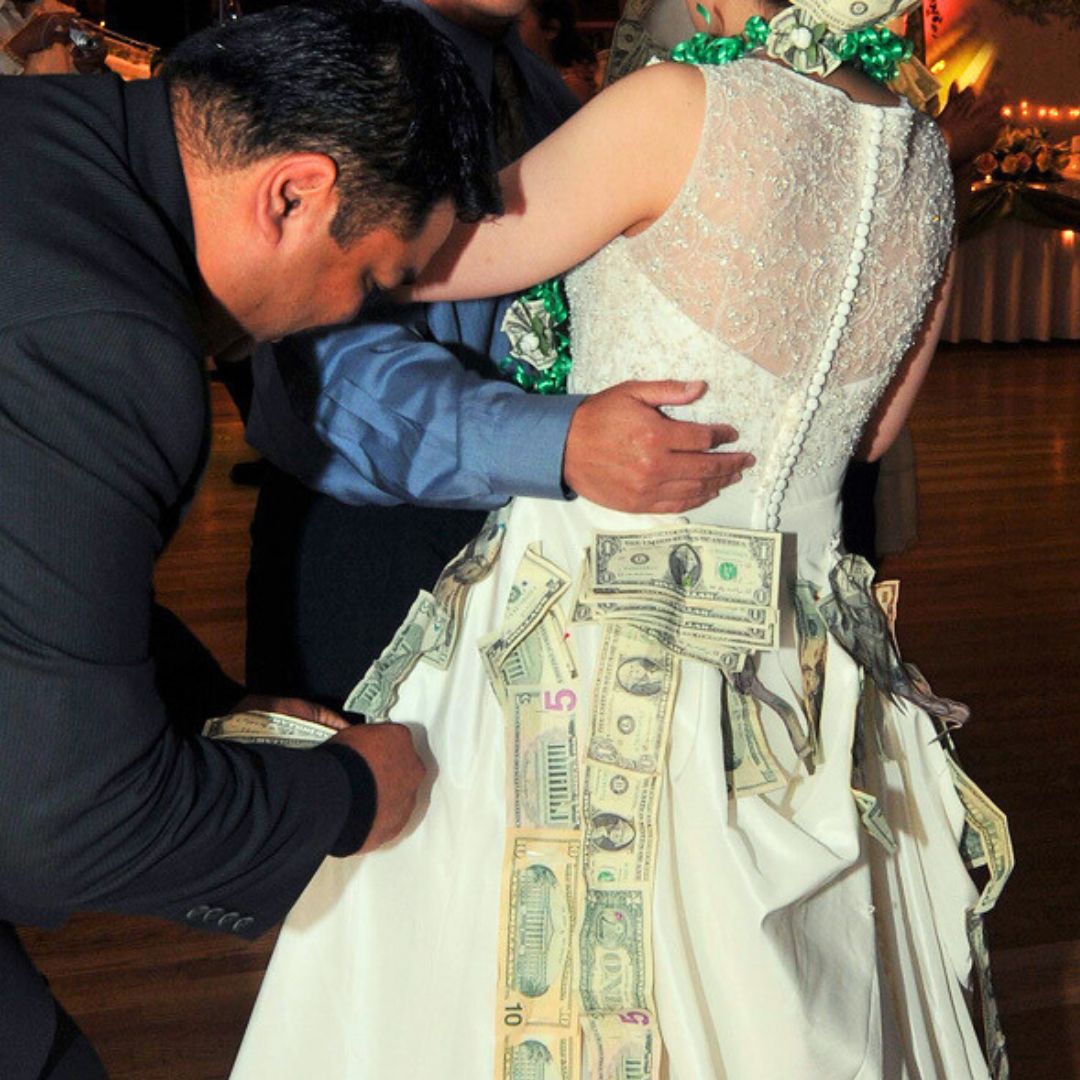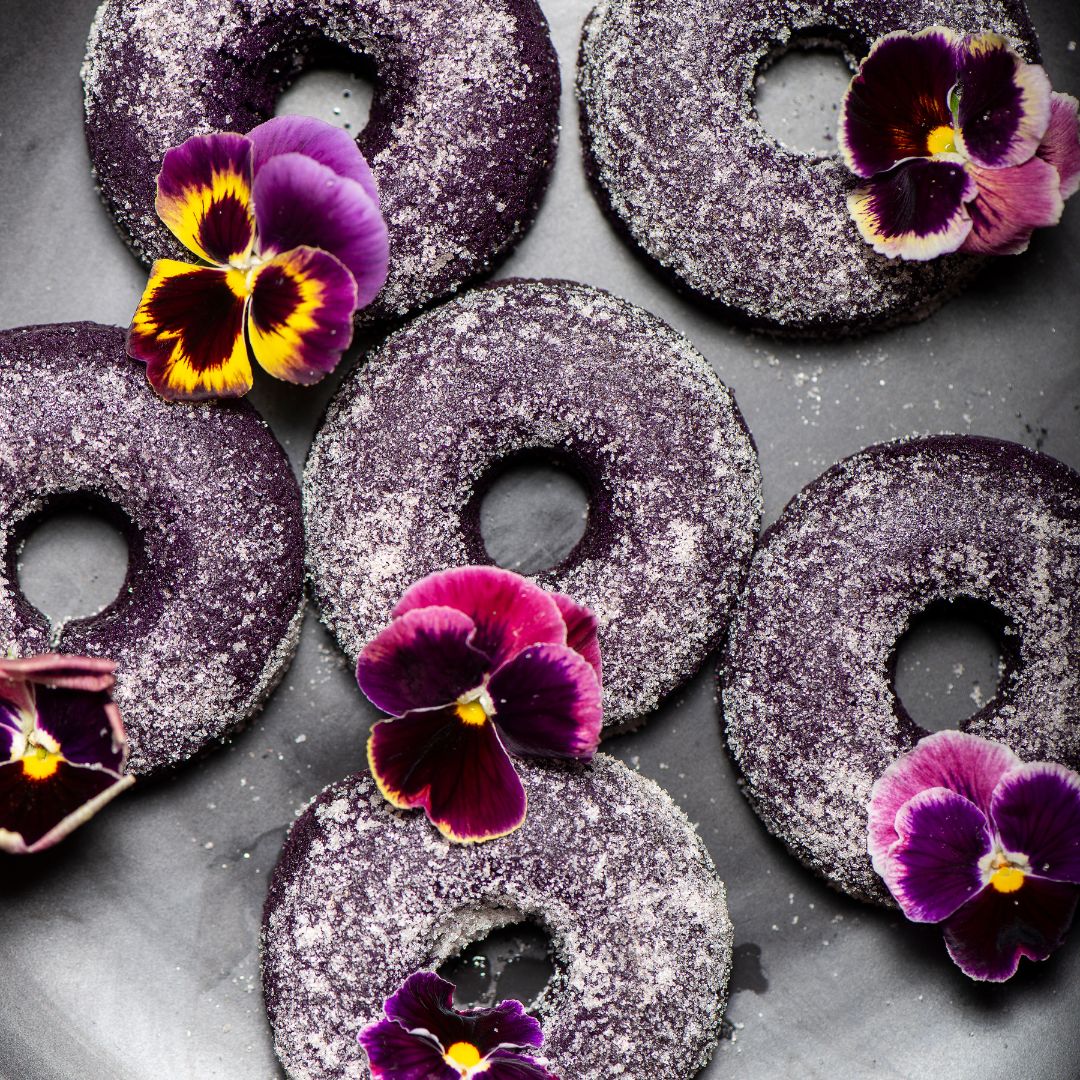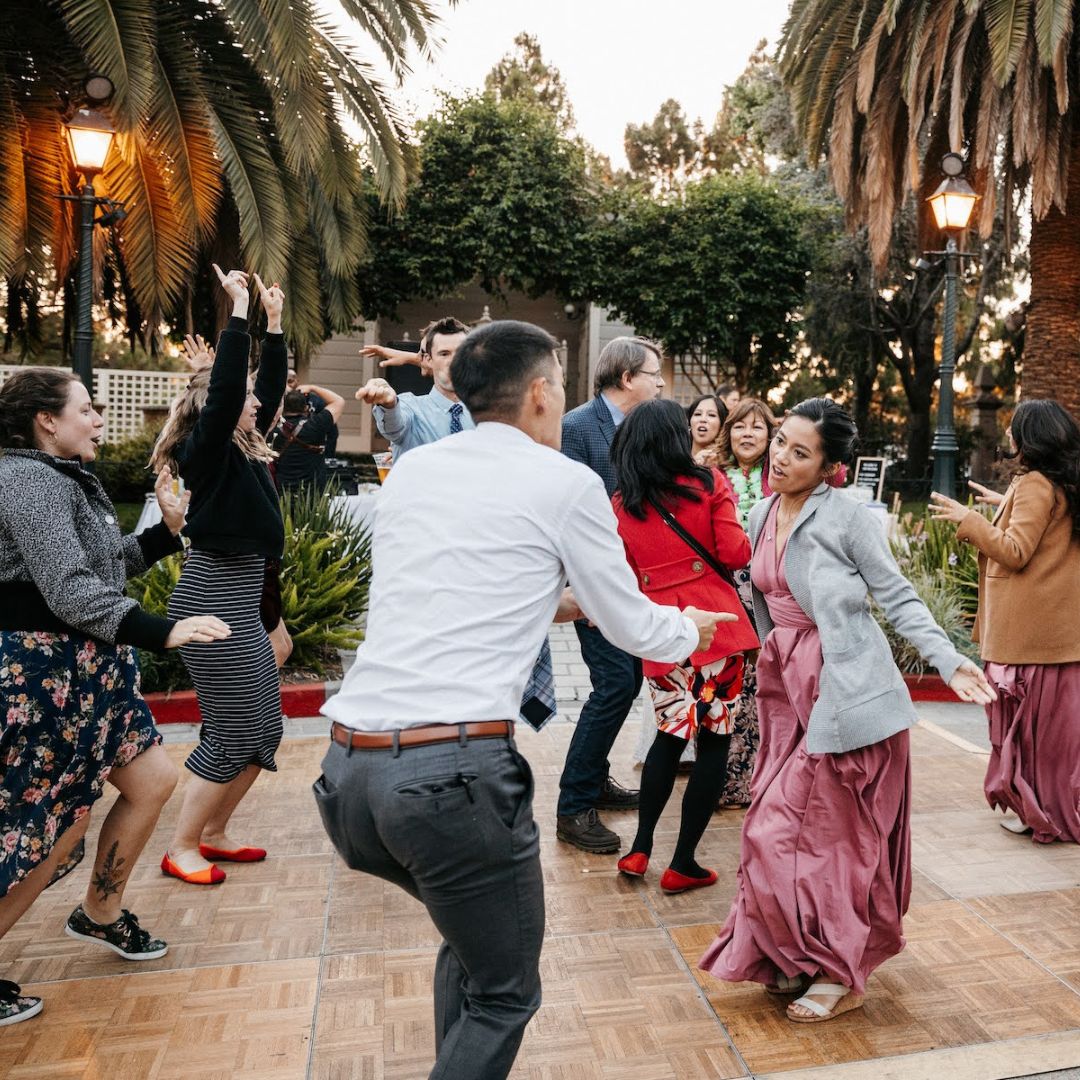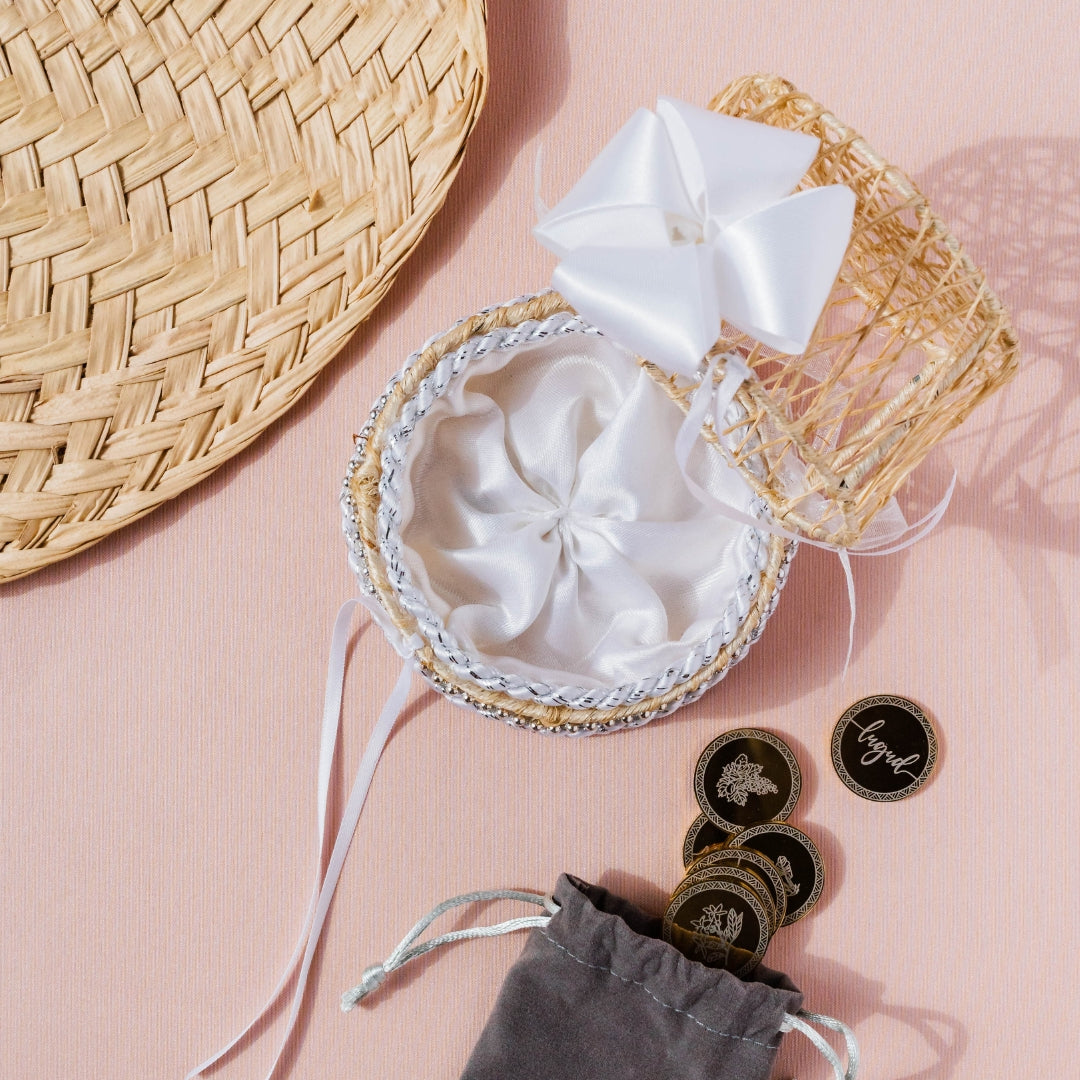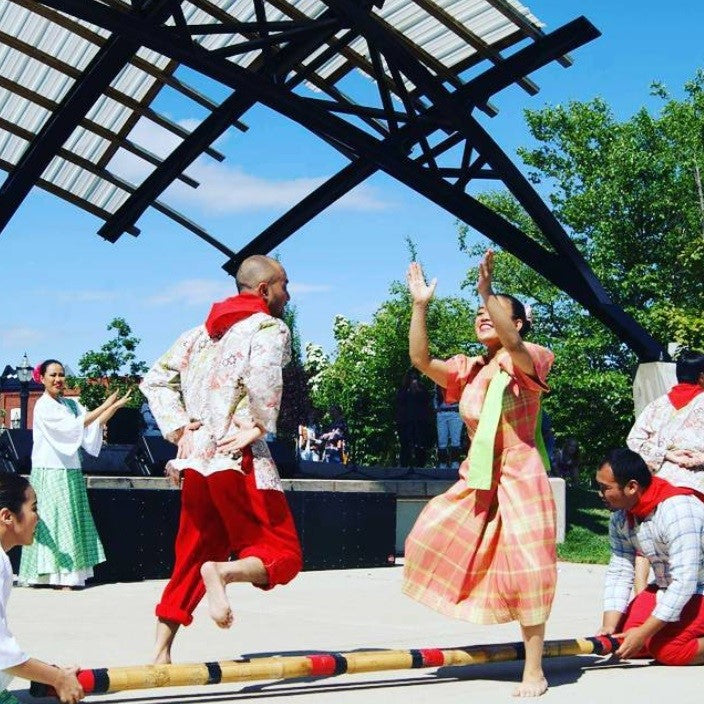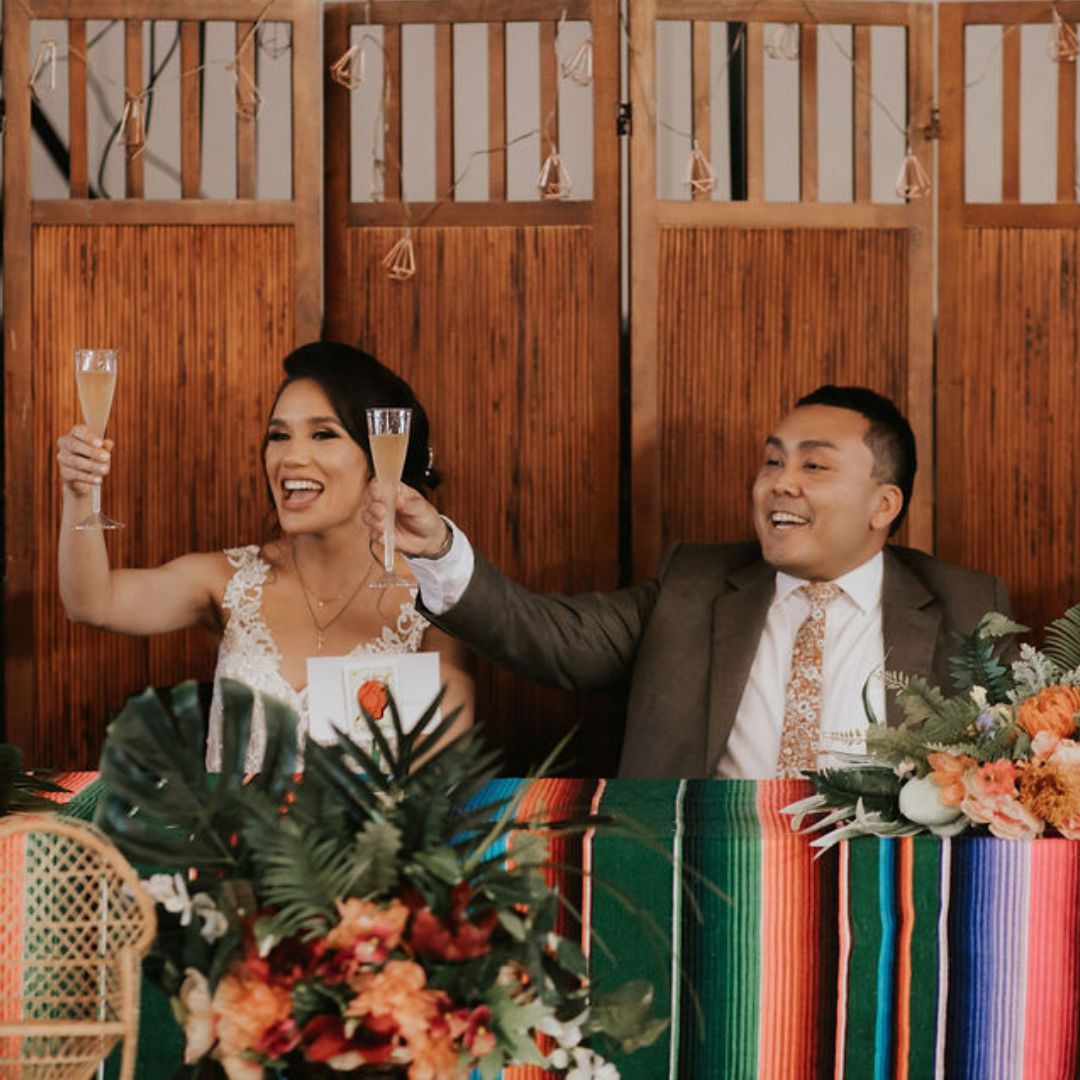Filipino Wedding Traditions
Planning a wedding & want to honor your Filipino roots? This comprehensive guide will walk you through the different stages of a Filipino wedding, providing insights and ideas for you to craft an unforgettable and meaningful ceremony, as well as additional resources and shoppable essentials!
Find Filipino Wedding Traditions For: The Engagement | The Planning & Preparations | The Ceremony: Candle, Coins, Cord, and Veil | The Reception | More Resources
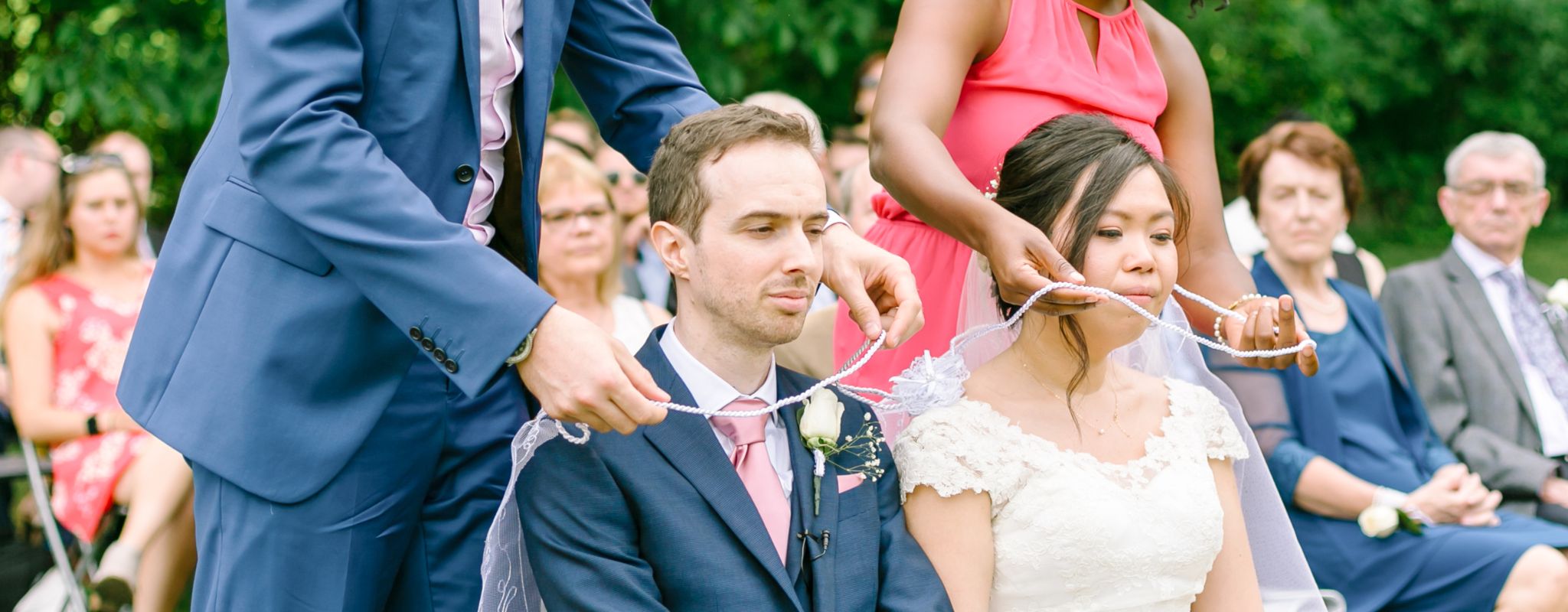
What Are Filipino Wedding Traditions And Their Meanings?
Filipino wedding traditions are a beautiful tapestry of cultural influences, woven together from a long history of Indigenous, Spanish, American, Chinese, and Islamic interaction in the Philippines.
Whether it’s the las arras (wedding coins) from Spain or the ang pao (red envelopes) from China, these are customs that carry plenty of meaning and history.
For soon-to-wed Filipinos in the diaspora, planning their wedding can be an opportunity to reconnect with their heritage and create a unique celebration that reflects their personalities and backgrounds.
From selecting sponsors before the wedding to incorporating the lively money dance at the reception, there are countless ways to embrace these customs and make them your own.
The engagement, traditionally known as Kasunduan, is marked by the couple wearing rings as a symbol of their commitment, similar to Western customs.
As the couple's journey to marriage begins, the Pamamanhikan is the first milestone, when many Filipino wedding traditions begin. Historically, the Pamamanhikan was when the future groom would formally express his intentions to wed and ask for the blessing of the bride's family. For LGBTQ+ and modern couples, the Pamamanhikan can be a party for both families to come together and celebrate the union.
Later on in the engagement, some couples also choose to have a despedida de soltera which is a type of send-off dinner. It’s distinct from Western the bachelor, bachelorette, or wedding shower. In a way, it’s given a deeper meaning by those organizing it: the people getting married are celebrating leaving their singlehood behind, by getting to know each others’ families better (and in some cases their closest friends too), making it a symbolic approval of each other before getting married. The despedida de soltera is often held one to three weeks before the actual wedding date. While traditionally held at family homes, one can also hold it at a restaurant to better accommodate all guests.
On the southern island of Mindanao, Muslim Filipino couples perform the Kagen & Taltag, a counterpart of the Pamamanhikan. This distinct ceremony includes offering a dowry to the bride-to-be's family and a spiritual cleansing called palamas to purify the couple of their sins before the wedding ceremony.
For Filipino – Chinese couples, the Ting Hun ceremony involves the families exchanging gifts to signify their acceptance of the union, typically including fruits, candies, wine, and other symbolic presents. Red envelopes called "ang pao" containing money are also exchanged.
Indigenous engagement customs also coexist with Catholic – Christian norms. For example, the Ifugao Indigenous group in the Cordillera region performs a thanksgiving dance called the takik to honor the god Kabunyan and seek blessings for a happy and lasting union.
Incorporating Filipino wedding traditions into one’s ceremony requires careful planning.
That’s why first things first: one must begin by picking out not just their date, but the wedding venue. The choice of venue often depends on your story and heritage. While many Filipino couples marry in a church, alternatives include courthouses or Filipino community centers.
Now when it comes to decorating it, there’s plenty of ways to do it. One way could be to celebrate each other’s heritage as a couple. For example, repurposing traditional items like banig (woven mats) and baskets as a backdrop element could serve as a reminder of your ancestral hometown, while Philippine flowers (whether to be decorated or worn) could symbolize the memory of a loved one.
Of course, none of these Filipino wedding traditions would feel complete without inviting family, whether biological or chosen. Traditionally, these involved inviting extended family members, reflecting the importance of community in Filipino culture. Selecting the ninongs and ninangs (wedding sponsors) is crucial, as they will sign the marriage certificate and assist in various wedding rites, such as the candle, coin, cord, and veil ceremonies.
Filipino wedding invitations tend to be more elaborate and lengthy, often featuring photos of the couple.
Attire for the wedding can include traditional Filipino garments, such as the Barong Tagalog and the Filipiniana which come in various styles like the terno and traje de mestiza.
Whether you choose to purchase them ready-to-wear or have them custom-made is up to you. For a more uniquely Filipino artisan touch, you can incorporate accessories like gold filigree earrings and brass bracelets. Not only can these help you proudly express your heritage, you’ll be helping communities of talented craftspeople back in the Philippines too.
Shop Bestselling Filipino Wedding Jewelry
View allFilipino wedding ceremonies have evolved over time, simplifying many folk rituals while incorporating Spanish and American influences.
Couples can now choose which traditions they wish to include in their nuptials. Non-denominational ceremonies allow couples to reinterpret and adapt wedding traditions in ways that are meaningful to them, even if they have religious roots.
A traditional Filipino wedding might include the lighting of the candle, the draping of the unity cord and veil, plus the exchanging of wedding coins. All rooted in Catholic belief.
The candle ceremony involves the ninong and ninang lighting the couple's candles and then a third candle to symbolize unity. The unity veil ceremony signifies humility, as the couple is draped under a veil to symbolize God's guidance and support throughout their marriage. In the cord ceremony, two sponsors bind the couple with a silk lasso called a yugal, while the coin ceremony symbolizes the couple's sharing of worldly goods.
Do look into it, if there are traditions specific to your family’s roots. For example:
- Filipino – Chinese couples often incorporate traditional Chinese elements in their ceremonies, such as the bride wearing a red robe with a dragon emblem while preparing for the wedding.
- Islamic weddings feature the Nikah ceremony, which includes recitations from the Quran and a verbal marriage contract agreed upon by the groom, his father, and the bride's father in the presence of an imam.
- Indigenous wedding customs vary. If you take the Ifugao culture's iteneg as an example, this wedding feast ritual announces the union of the couple to the entire village through incantations, prayers, and animal sacrifices. Once the native rice wine tapoy is shared, the imbajah dance begins.
Upon the wedding ceremony's conclusion, the couple exits the venue and is showered with rice grains or flower petals, symbolizing prosperity and blessings for their future life together.
Of course, the celebrations for your big day have only just begun. At your reception, you and your partner can showcase a more mouthwatering side of your heritage. Your wedding reception menu can include traditional Filipino dishes, such as lechon, pancit, alongside delectable desserts like sapin-sapin, ube, and bibingka, which add a colorful touch to your wedding spread. But if you want to have it all handled professionally, you can hire caterers specializing in Filipino weddings too.
Inside the reception venue, one can continue the theme of celebrating you and your partner’s heritage too. Incorporate elements like colorful flowers, personal and family mementos, and other decorations that tell your love story.
Another tradition worth mentioning is the money dance, which might be among the most popular of Filipino wedding traditions, because of how fun - and occasionally chaotic - it can get! This allows guests to pin money on the couple as they dance, give it to a designated collector, or use digital payment methods like Venmo.
Incorporating romantic Filipino poems recited during the reception can add a touch of cultural flair, while music choices impact the atmosphere, as Filipinos are known for their love of singing and dancing. Couples can opt for traditional folk, OPM, a rondalla ensemble, DJ, or pre-recorded playlists to suit their preferences.
As a token of gratitude, couples can give memorable gifts to their entourage and guests, such as abanikos (handheld fans).
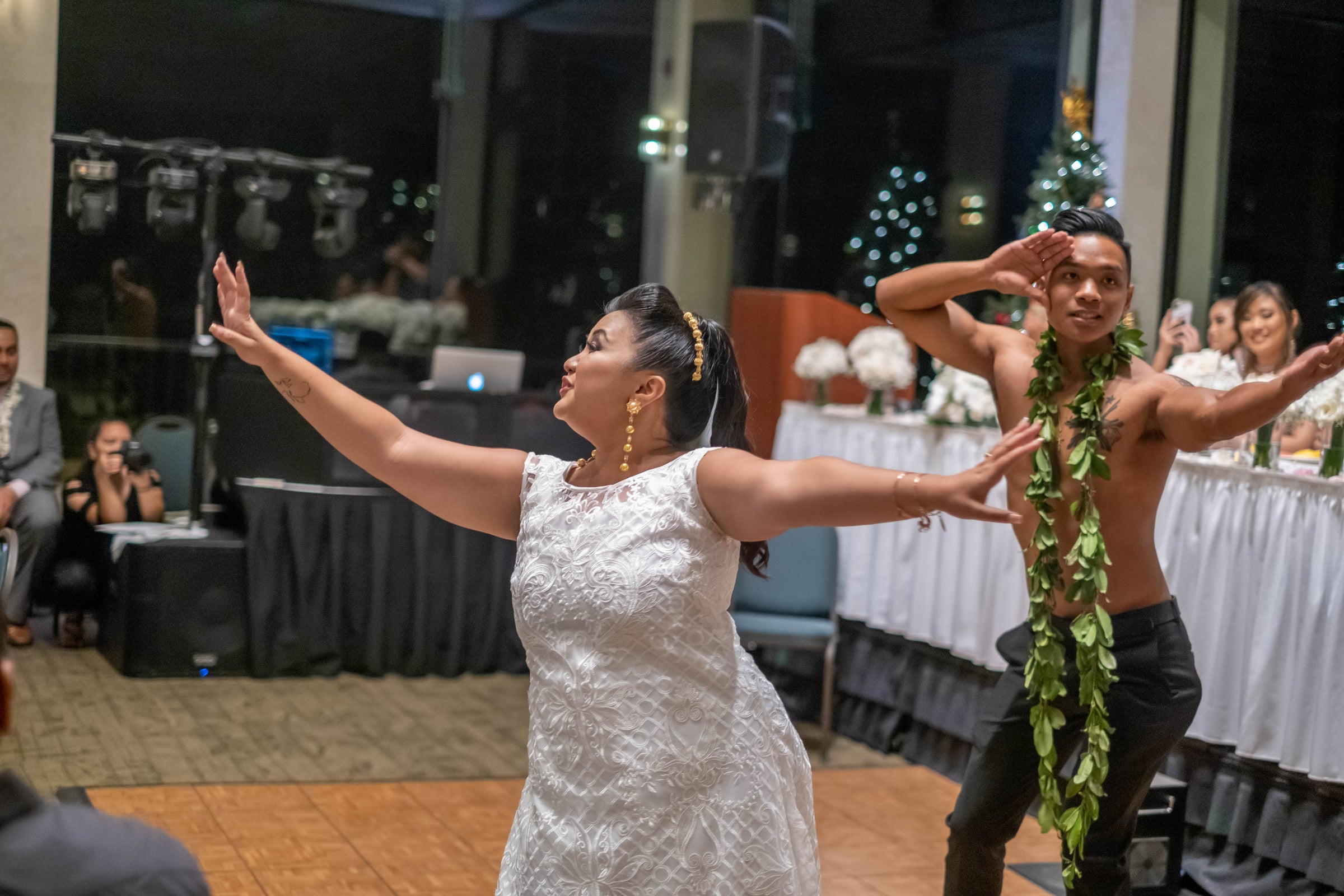
The Filipino wedding has undergone many transformations over the years, but what’s constant is choosing which traditions are true to you. And sometimes, that leads to creating new customs that you and your partner will cherish.
More Filipino Wedding Planning Resources

